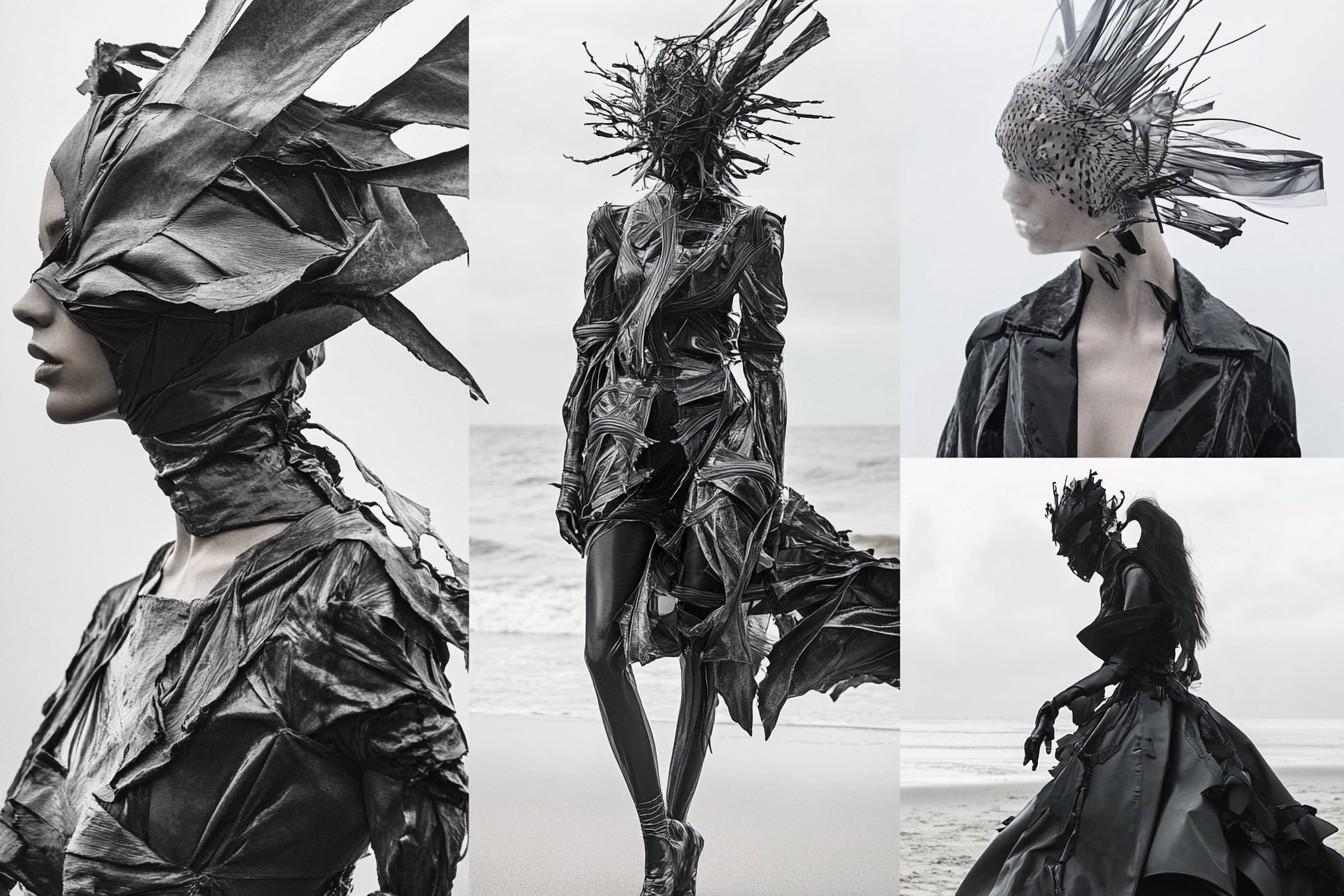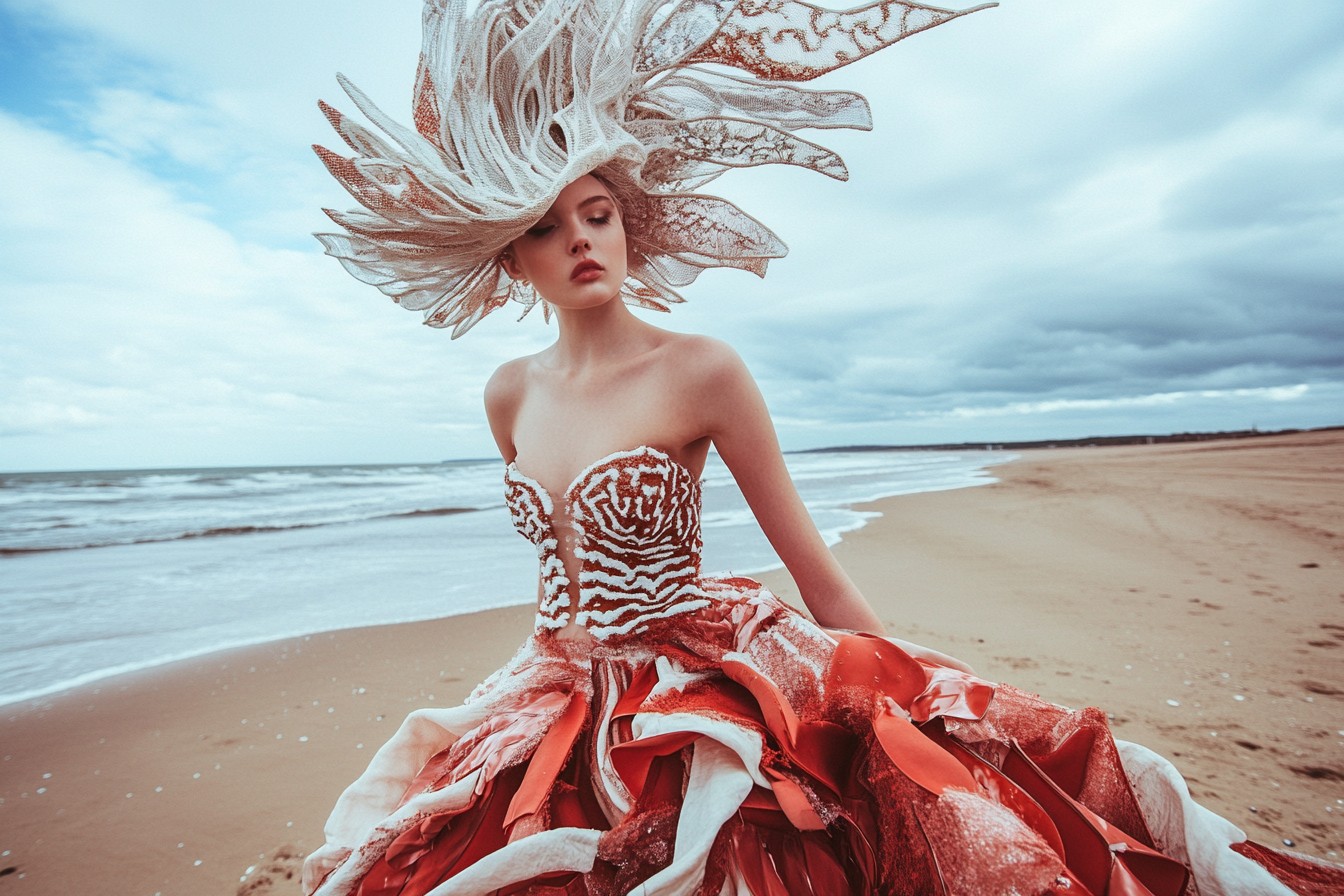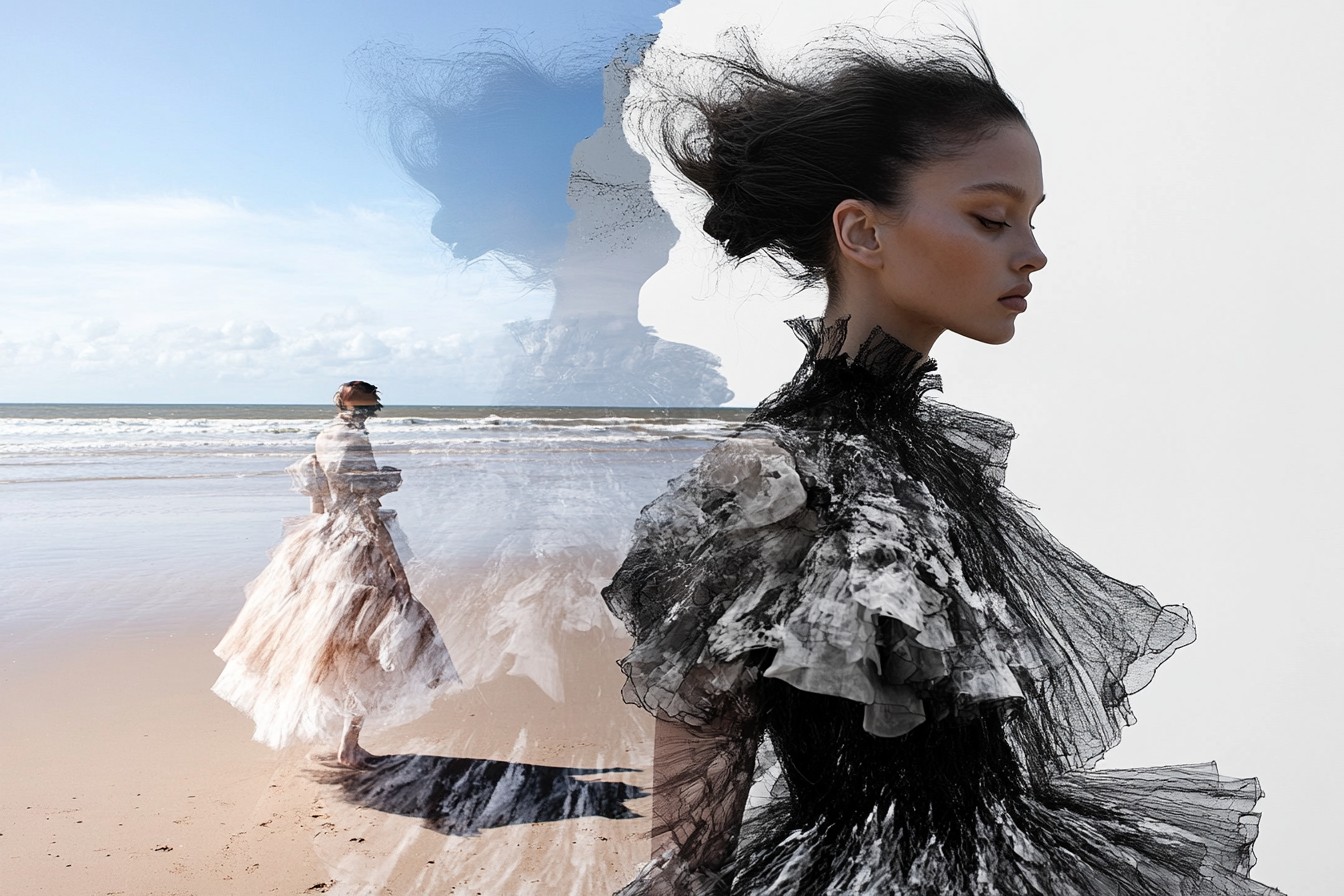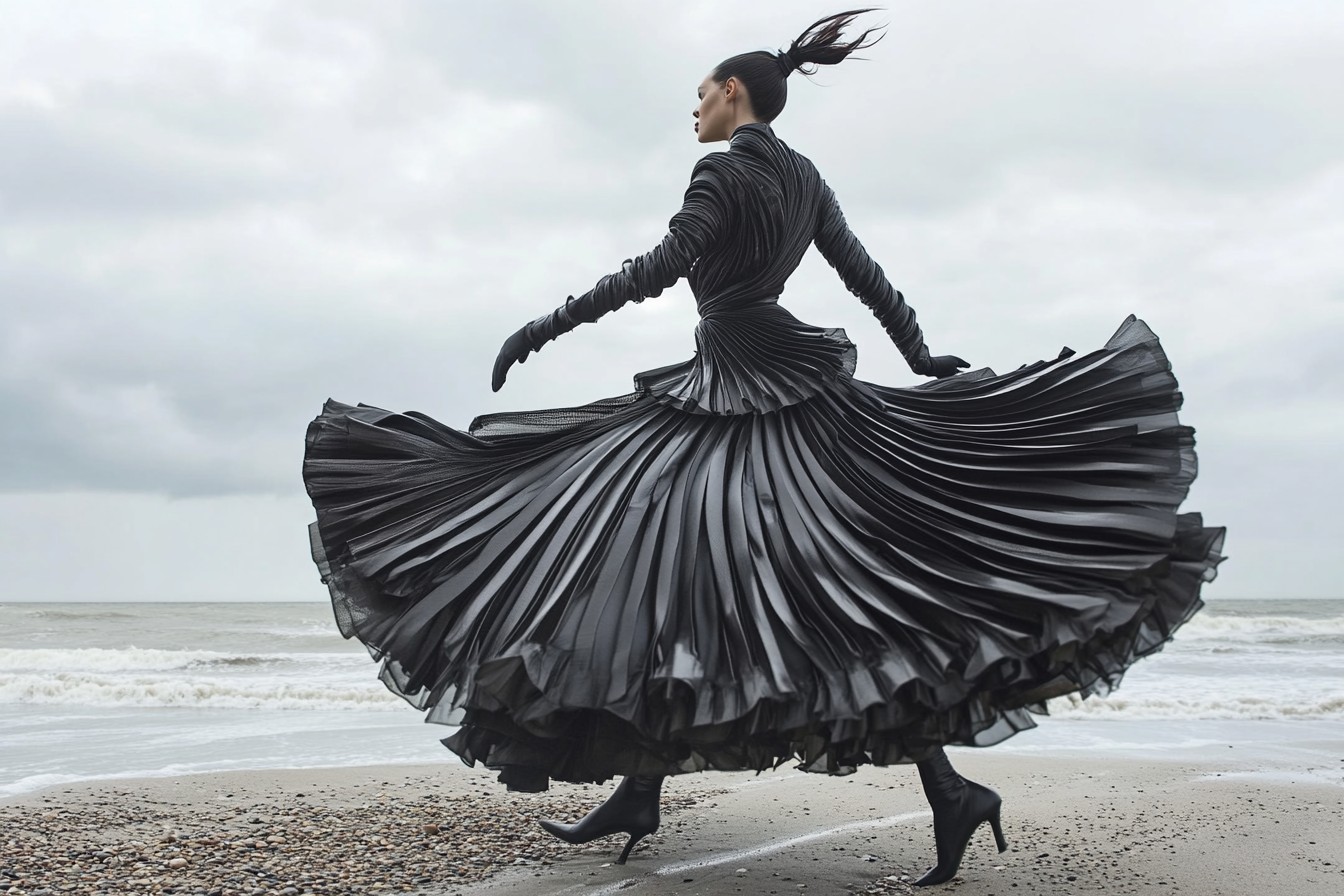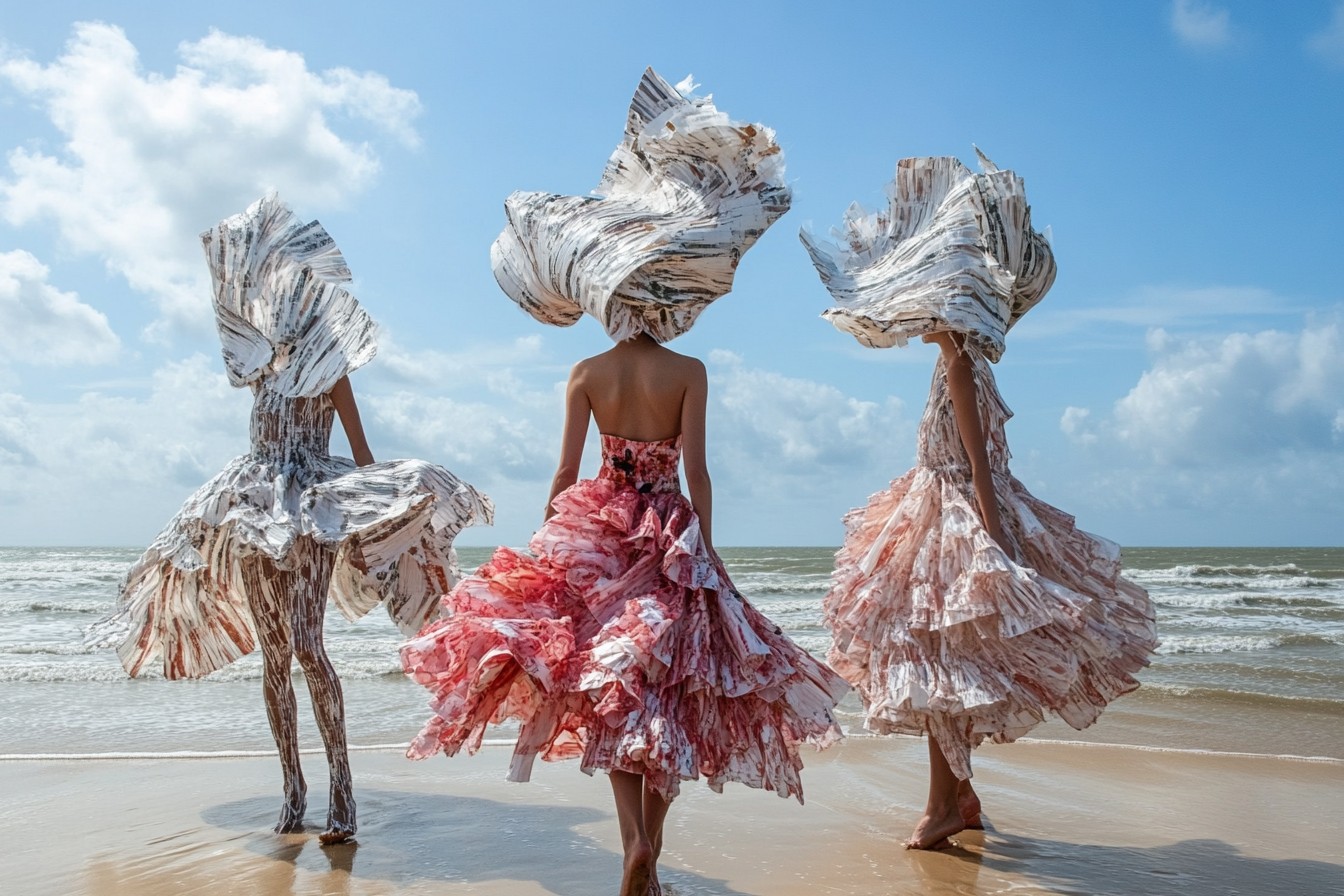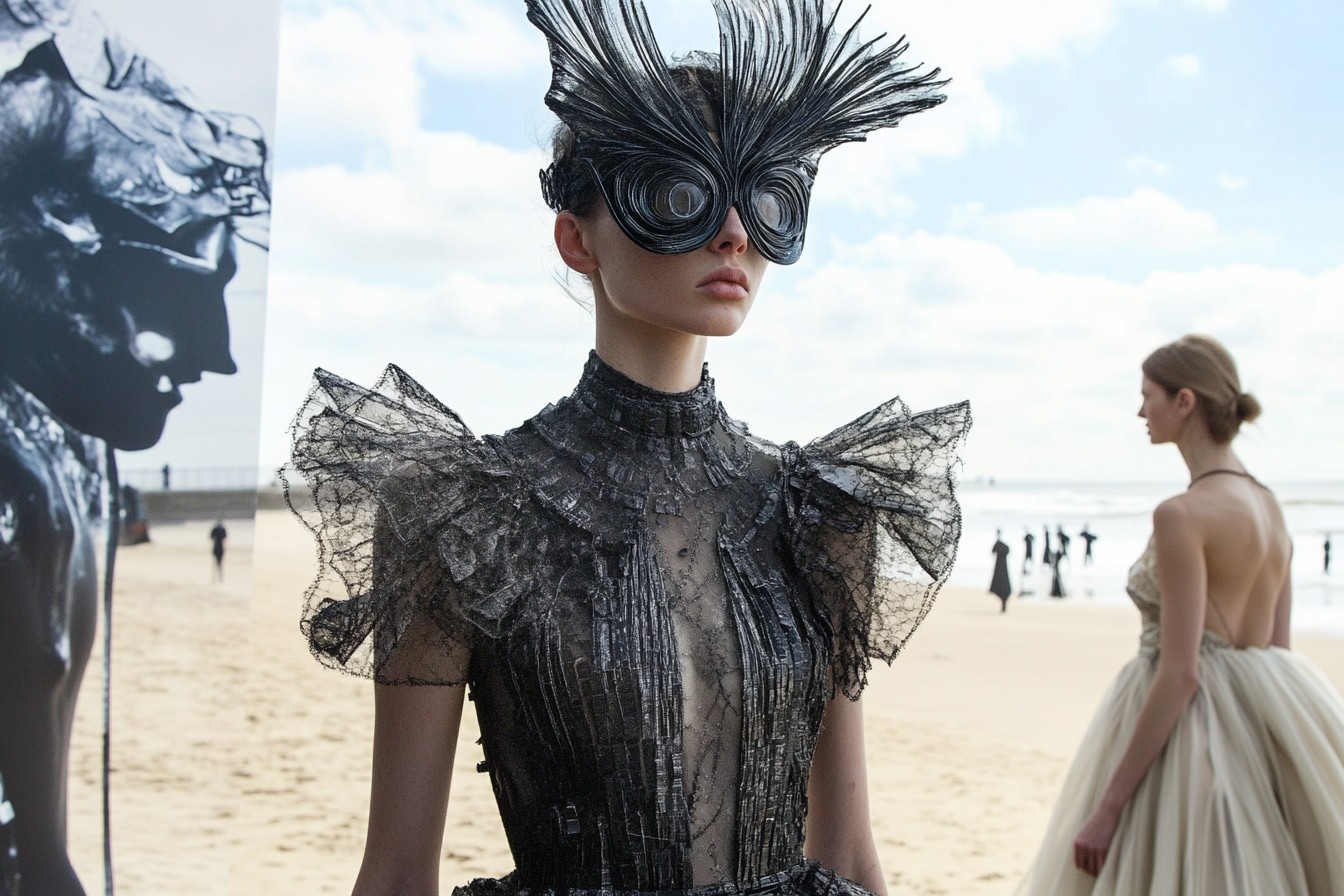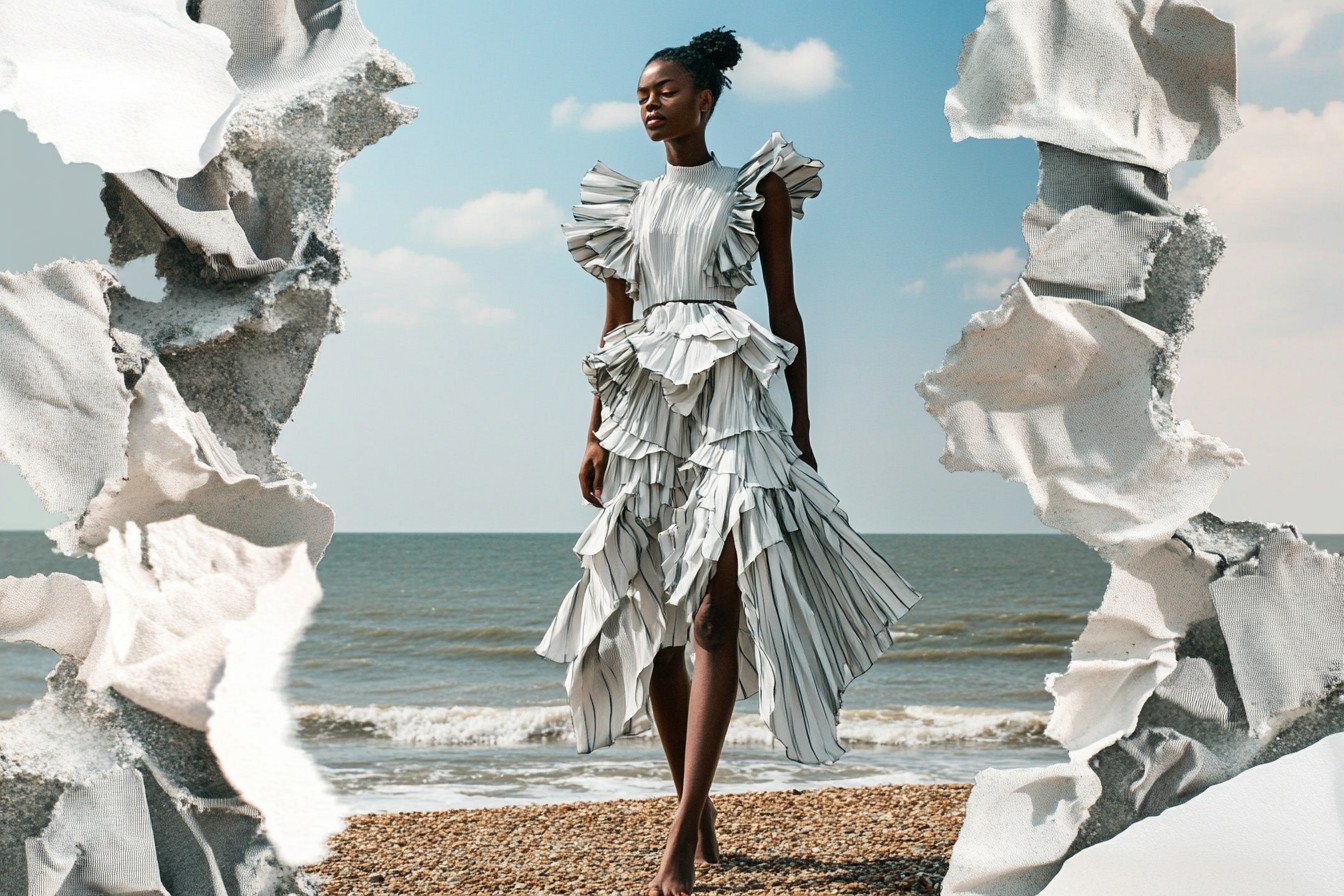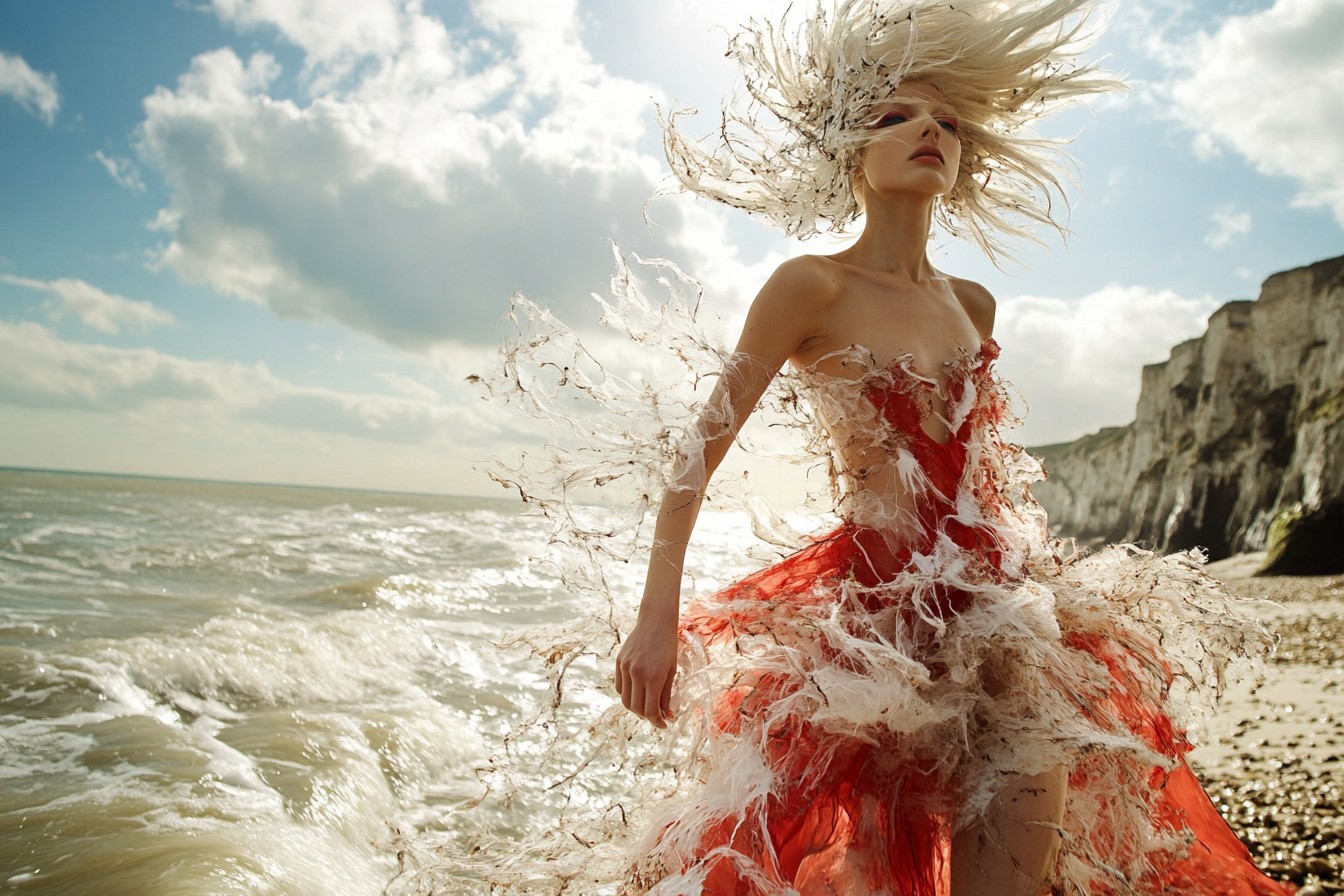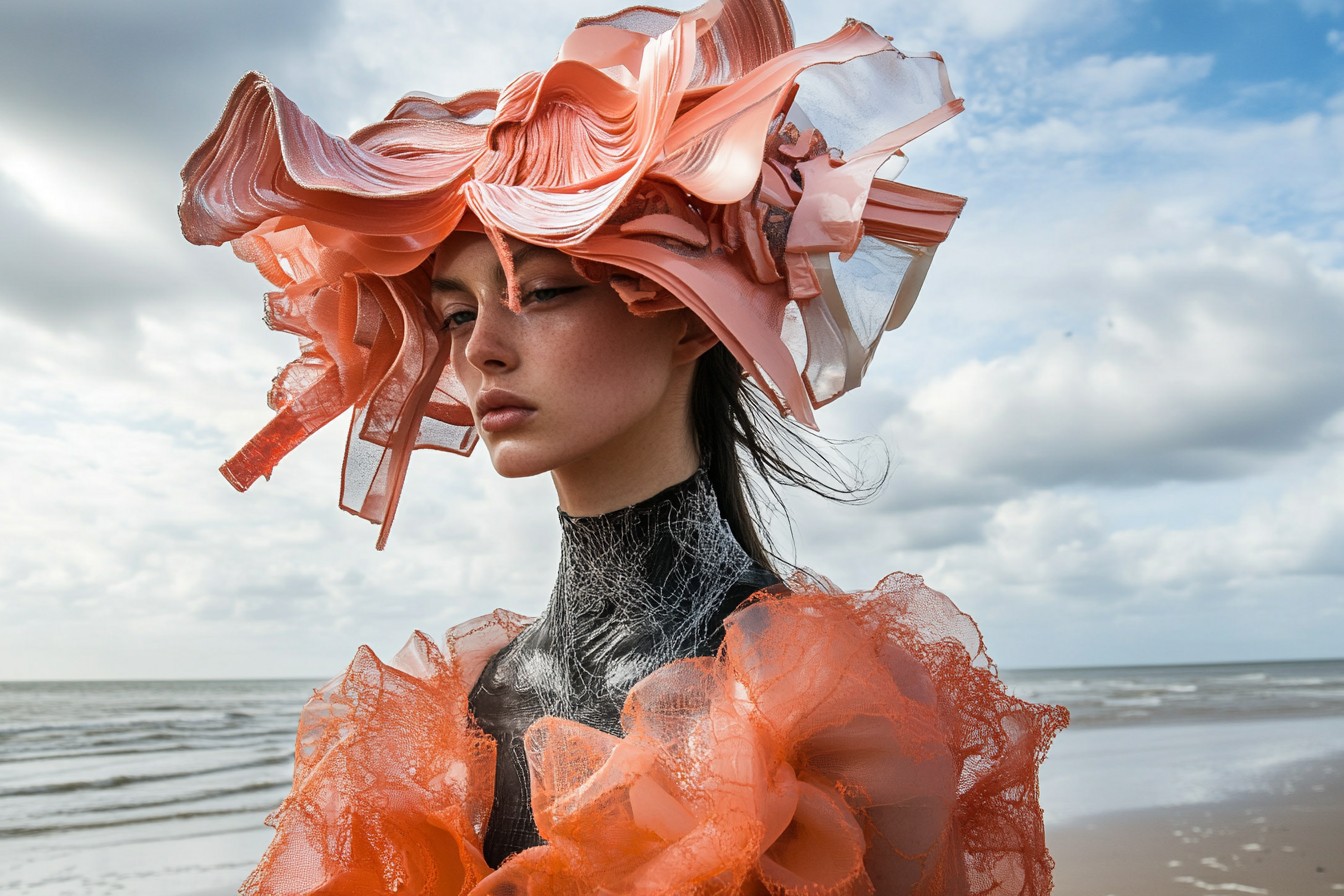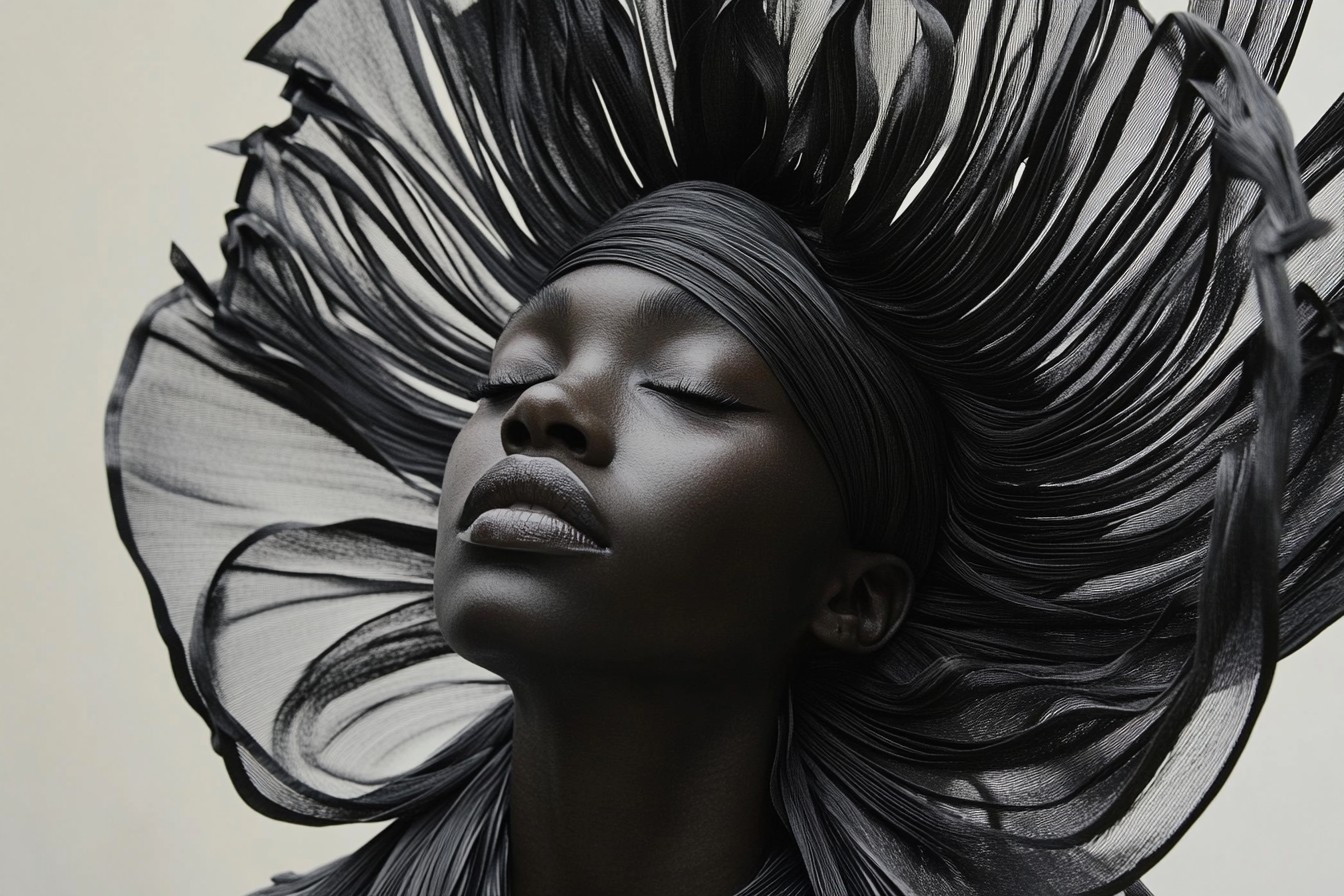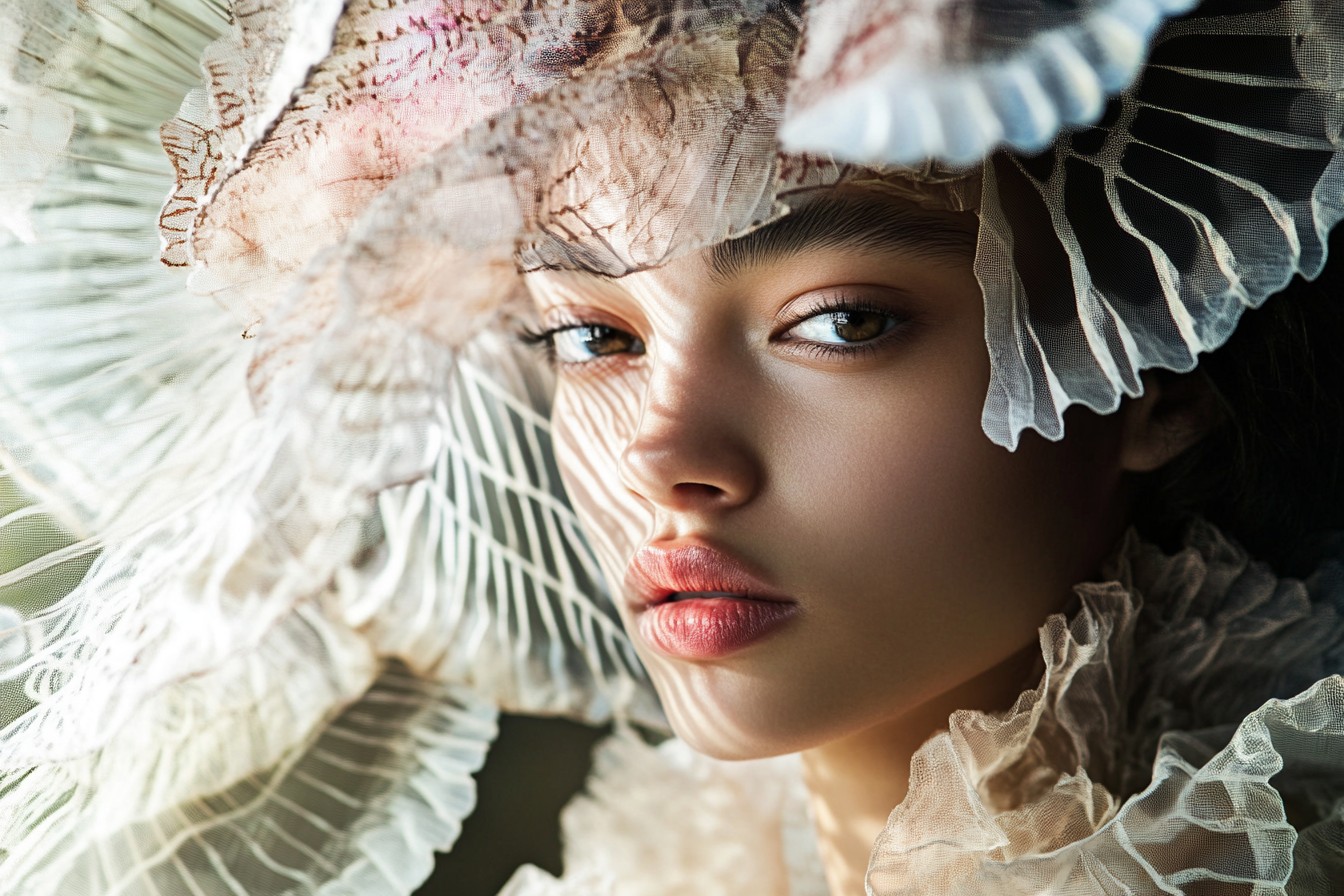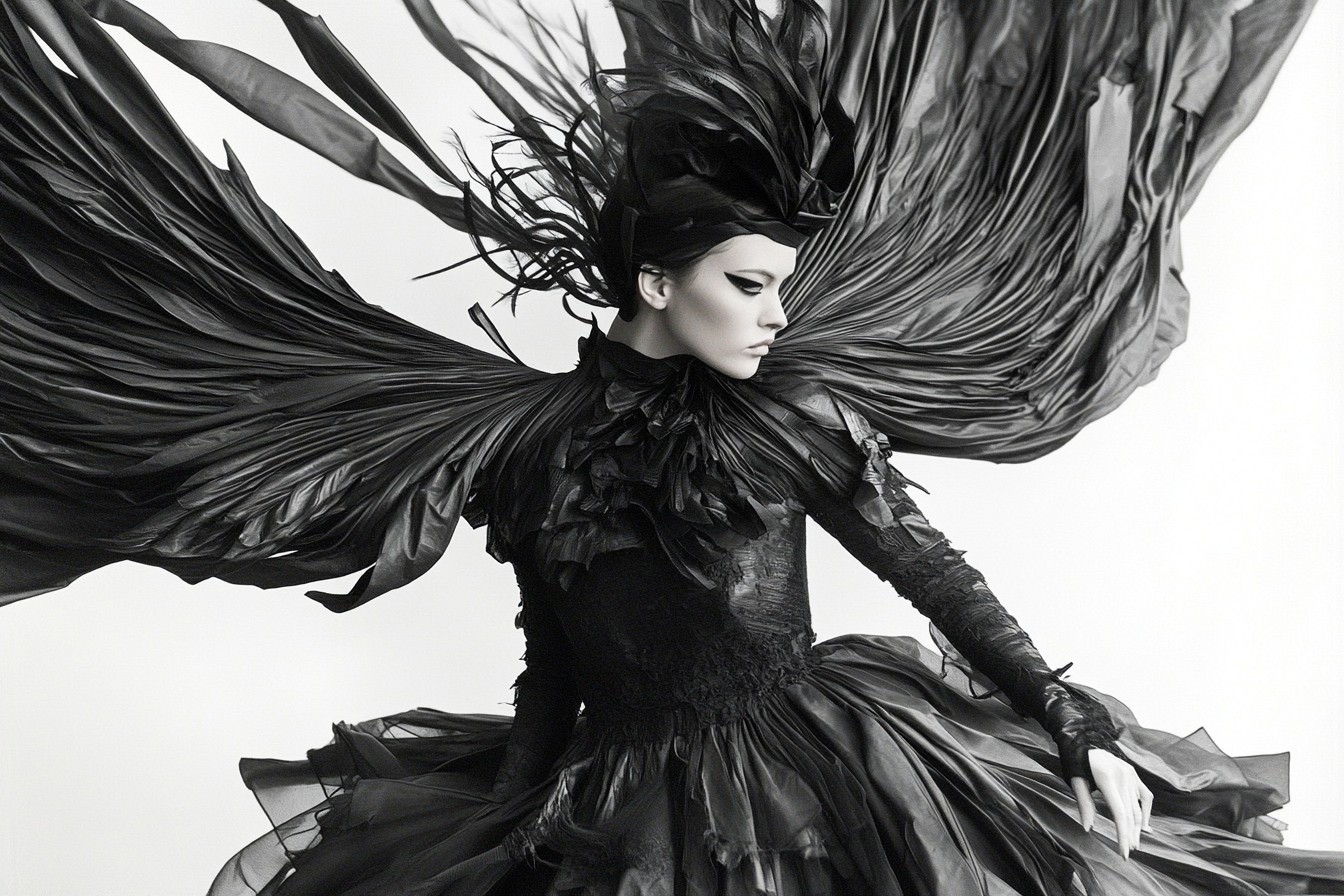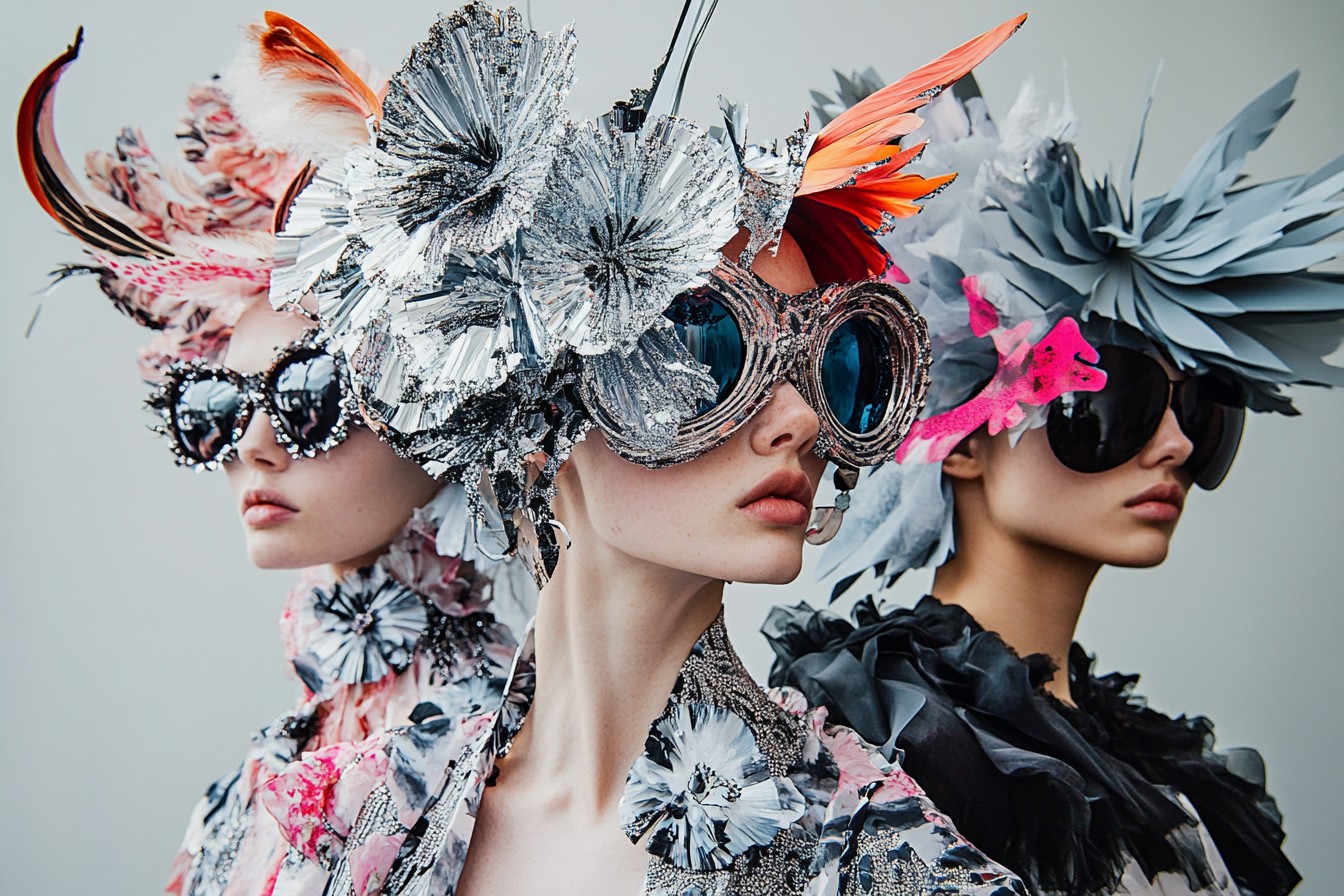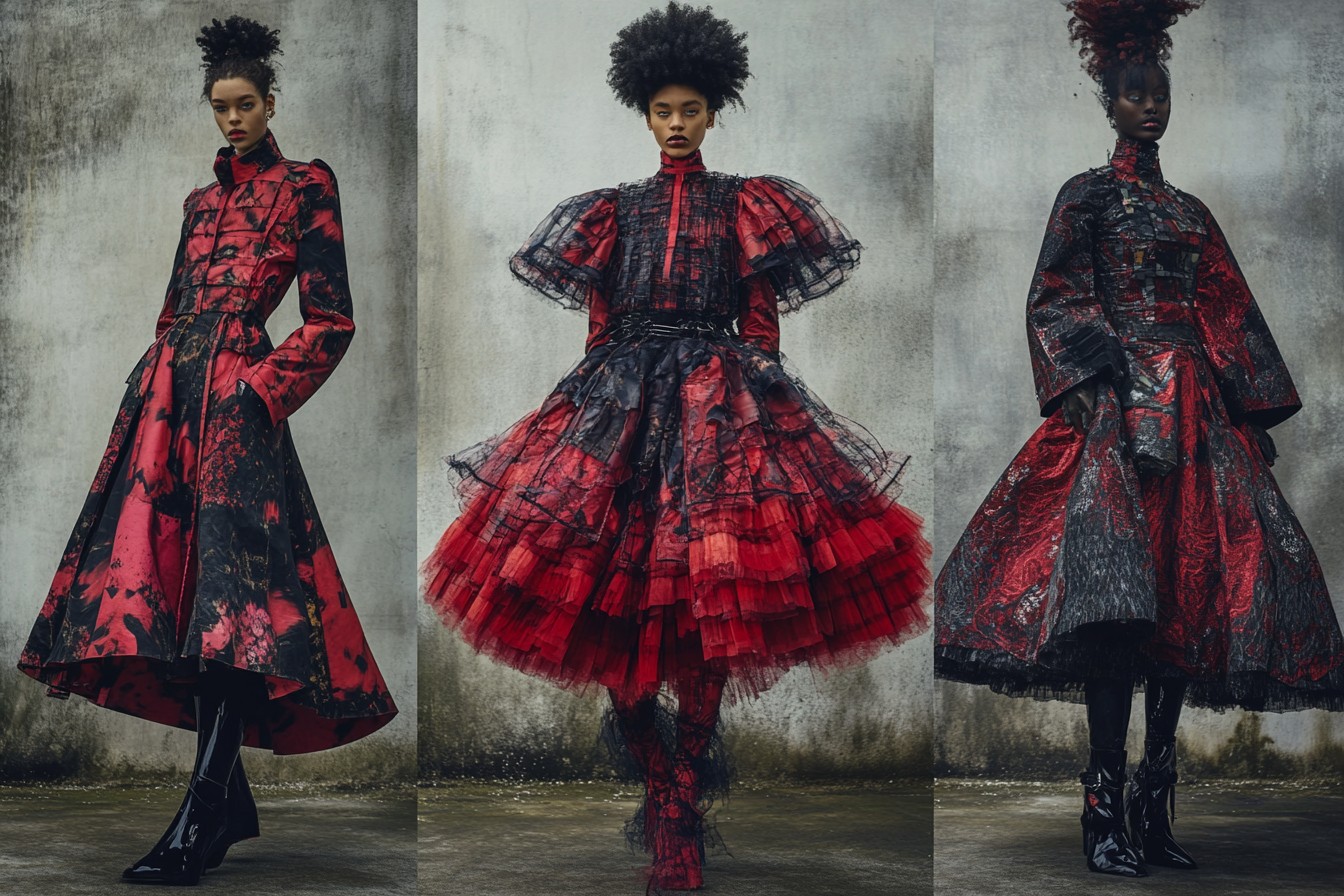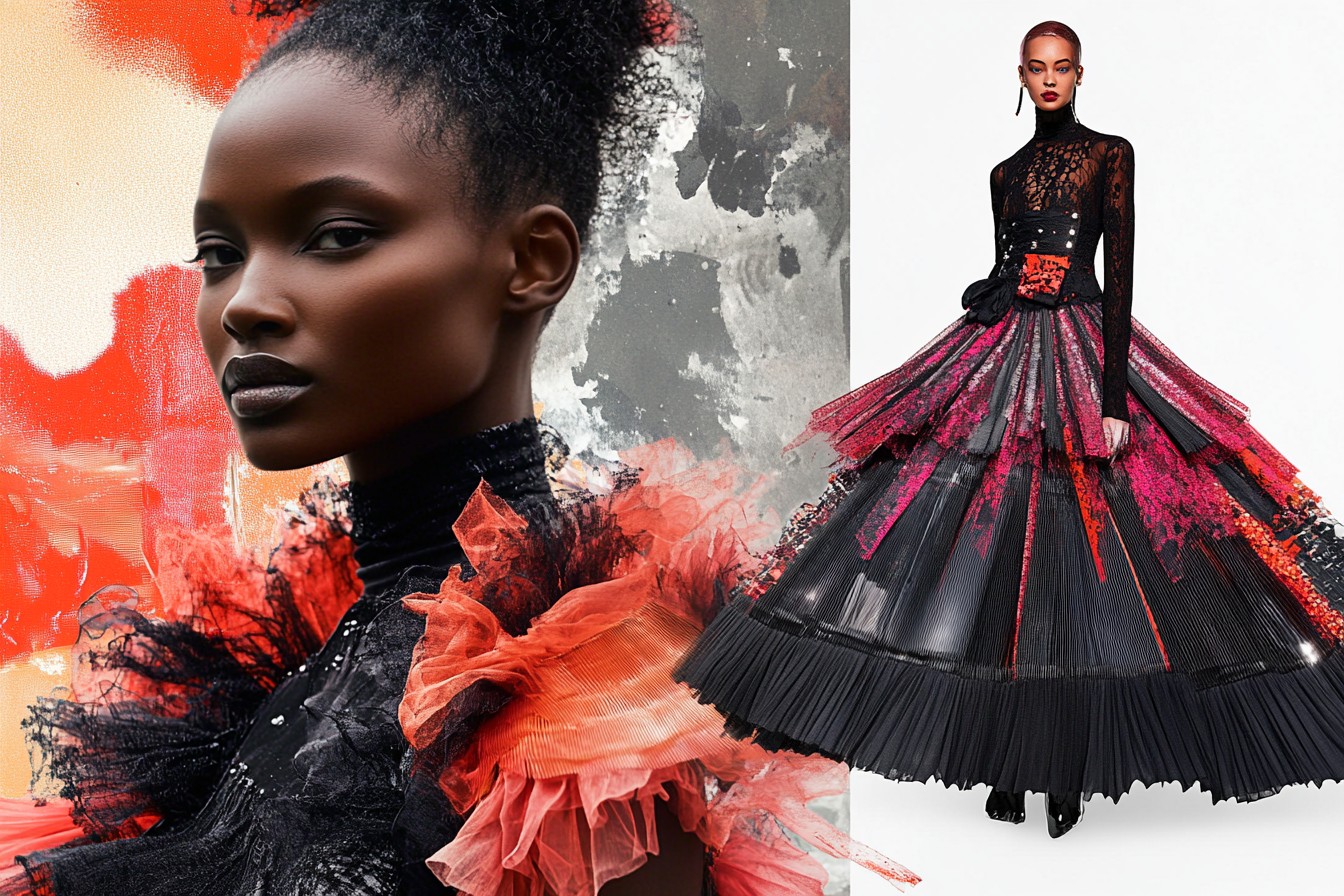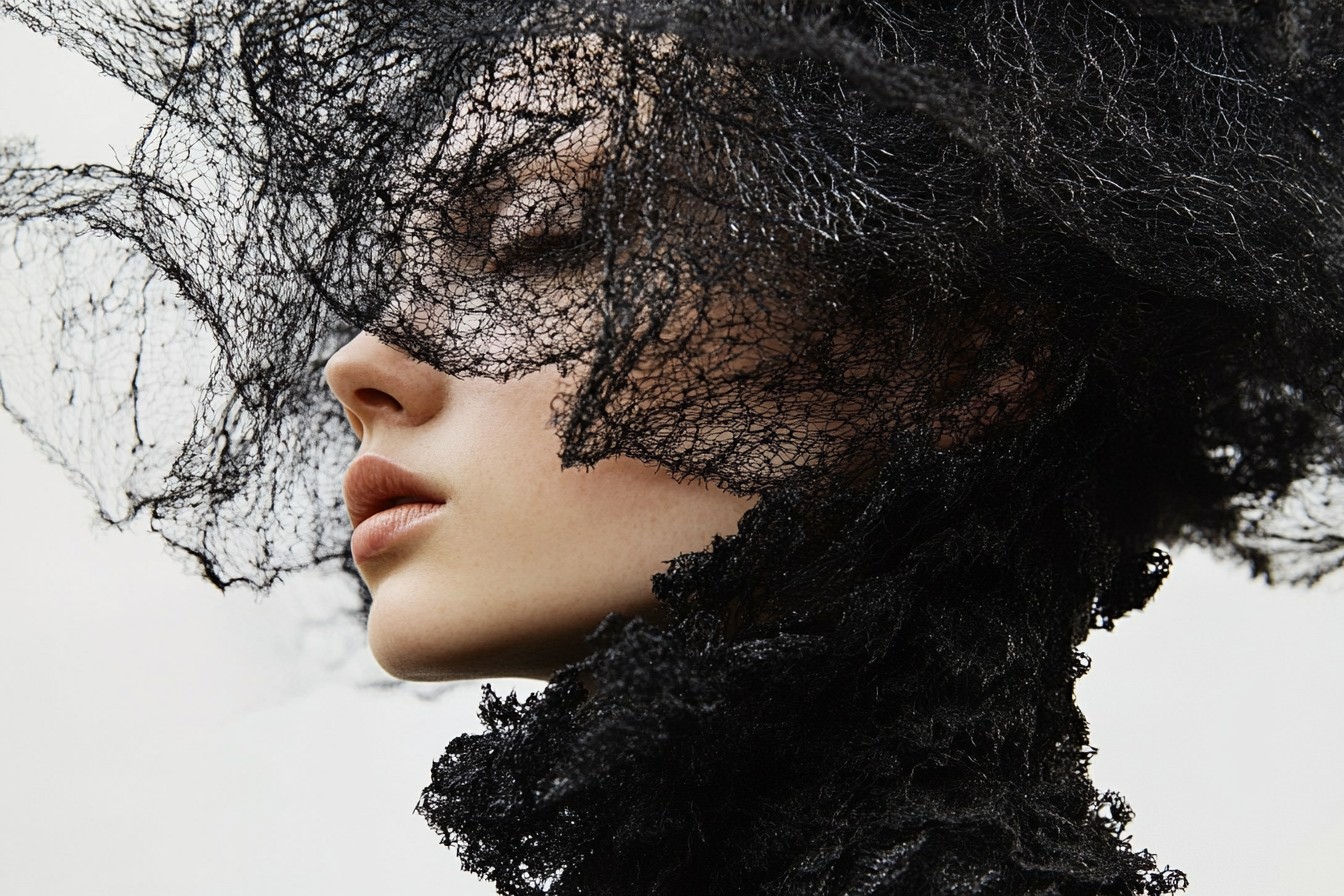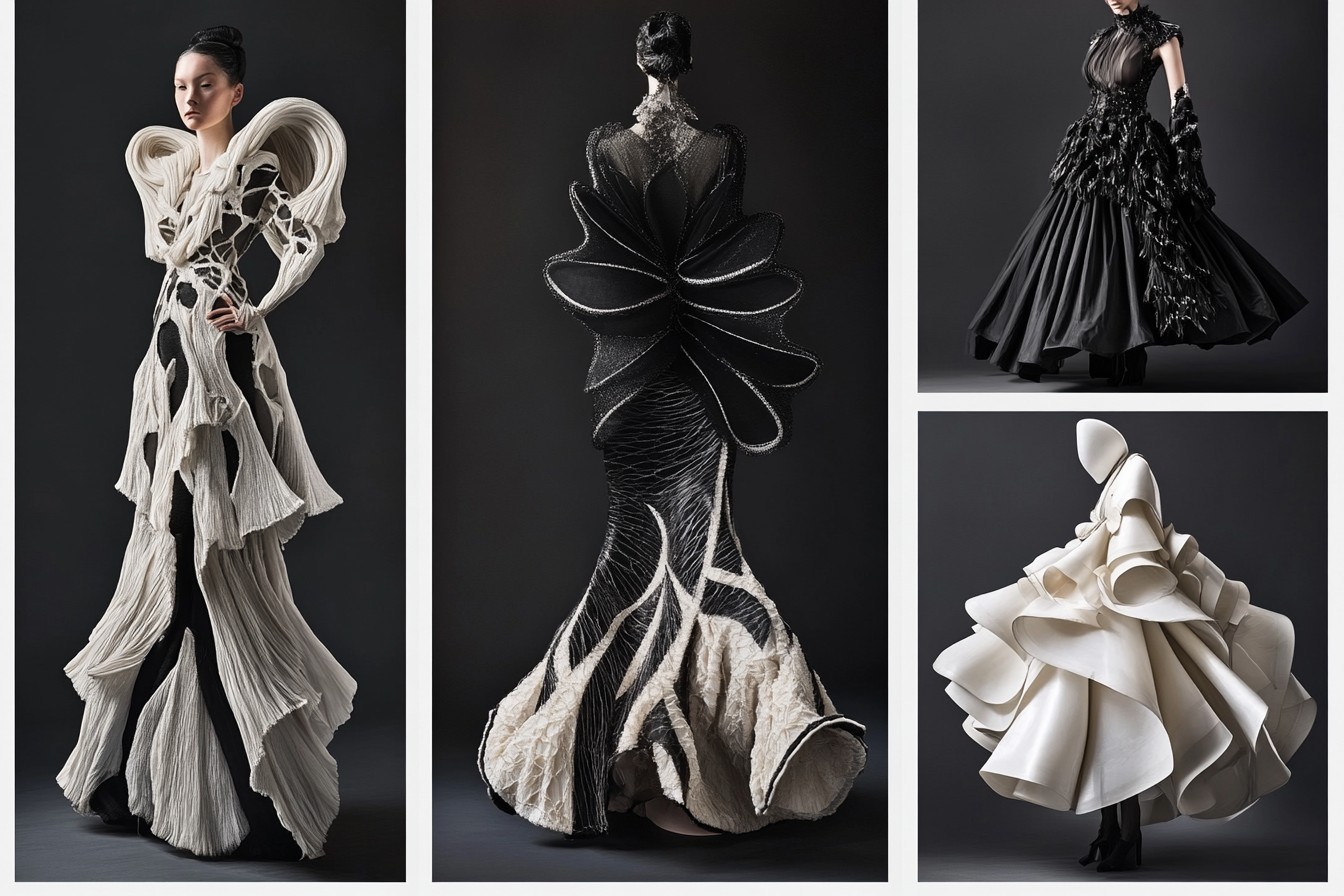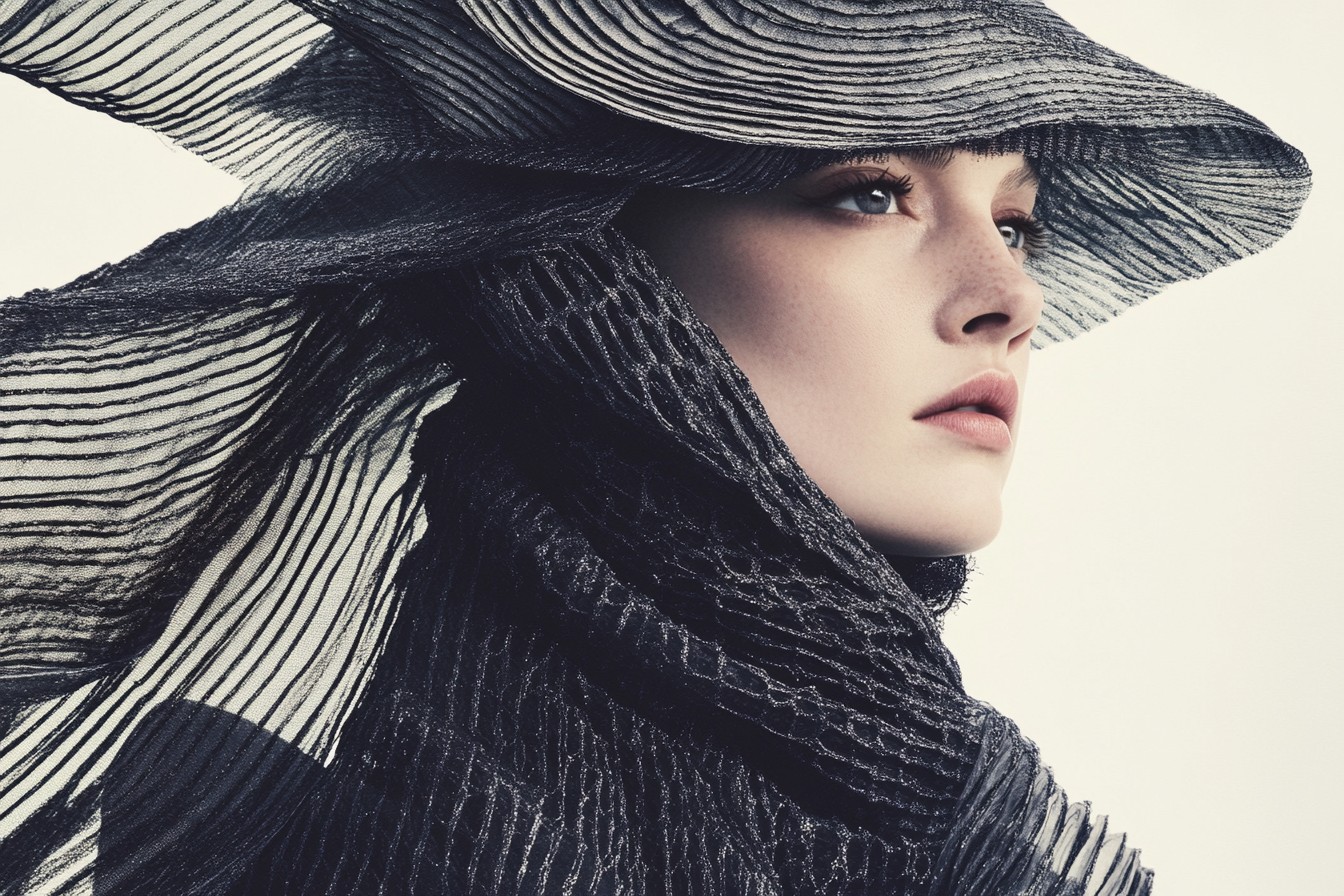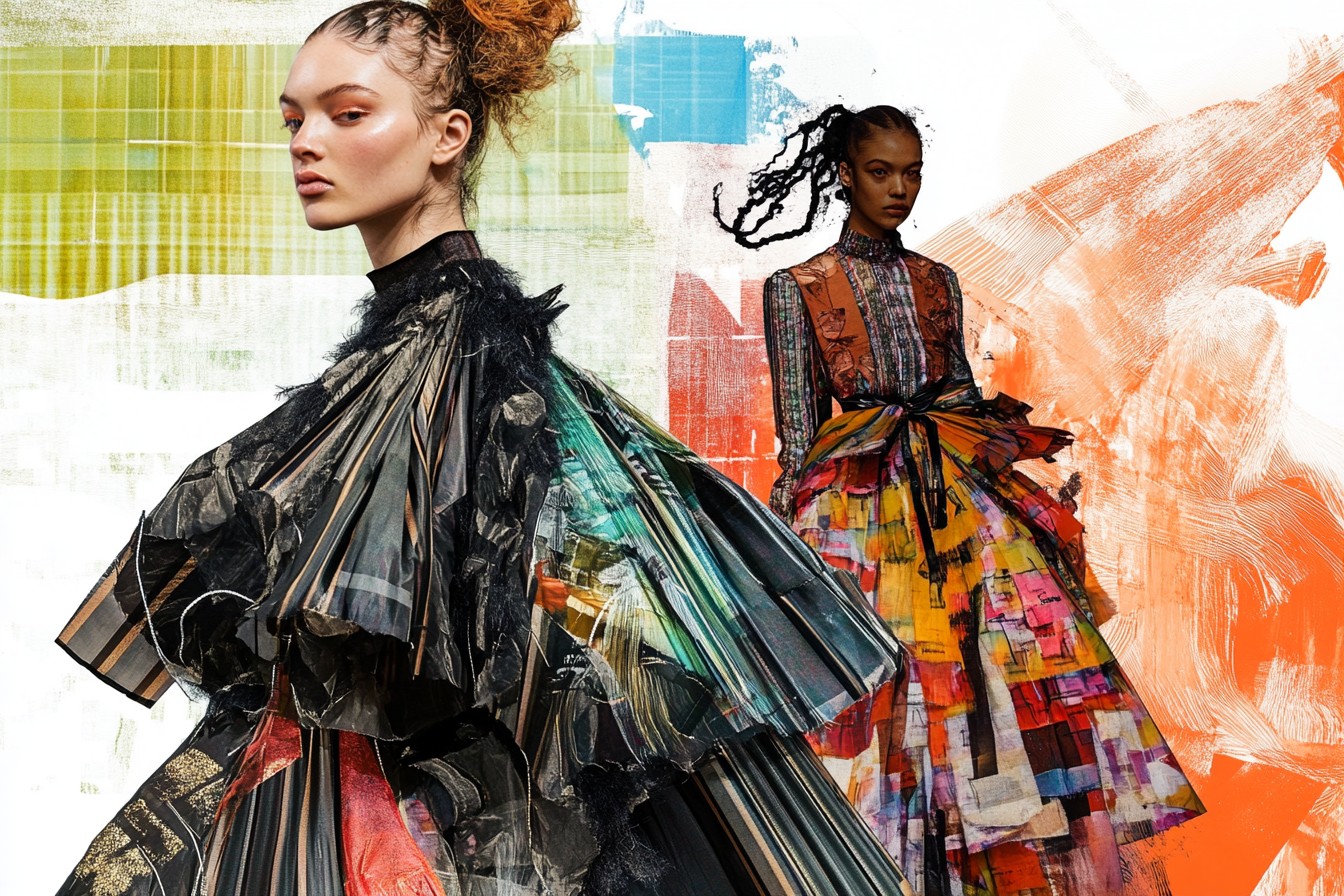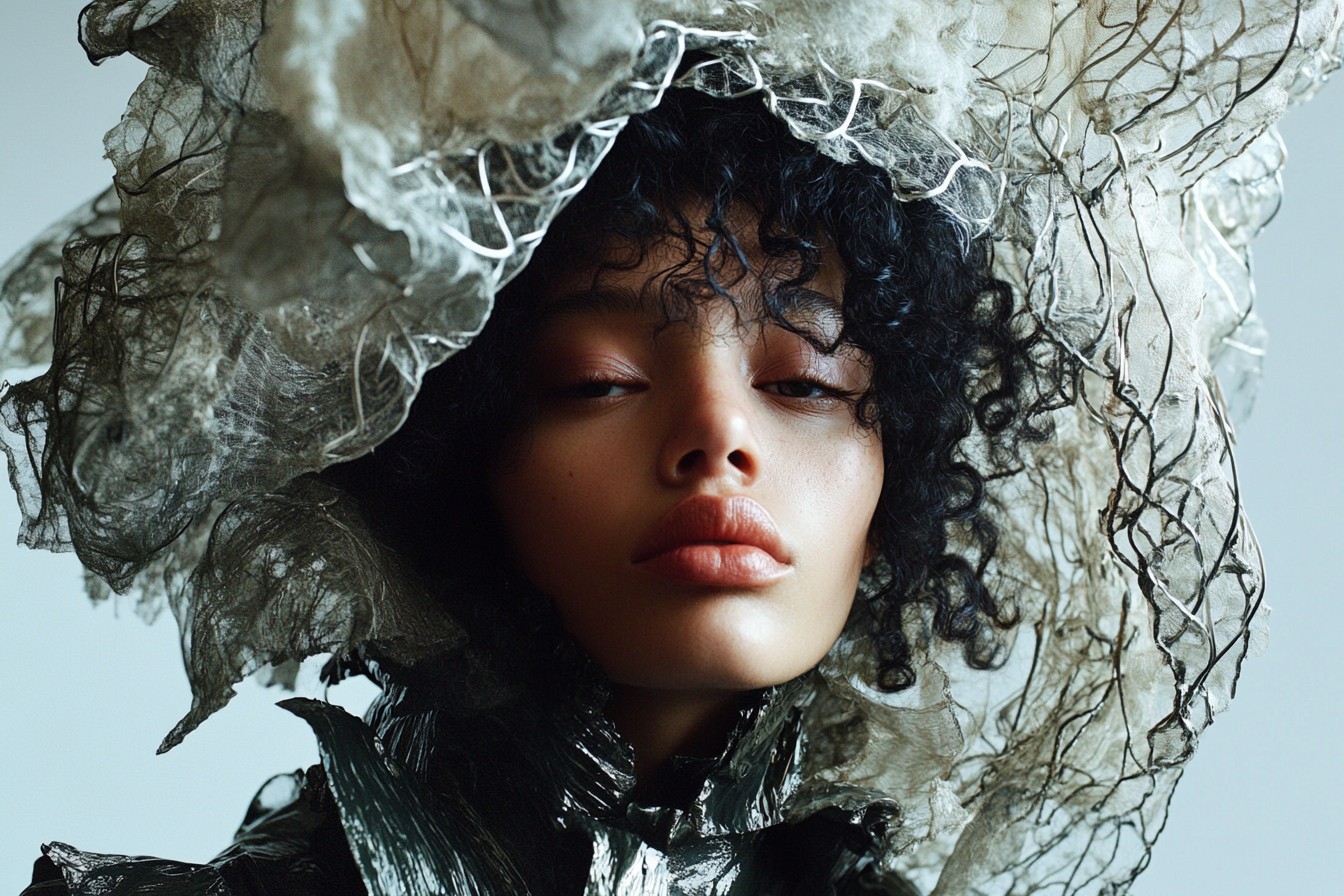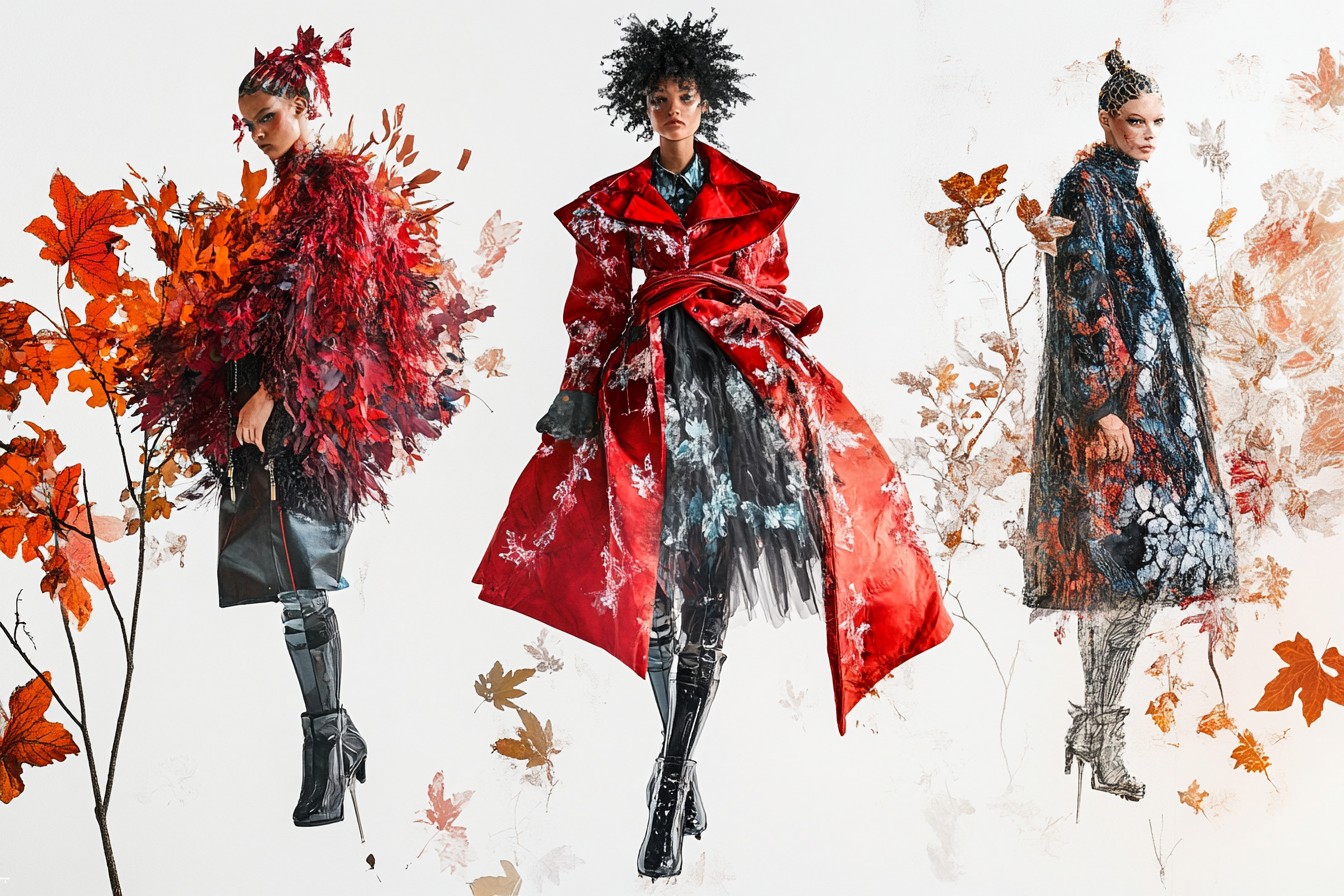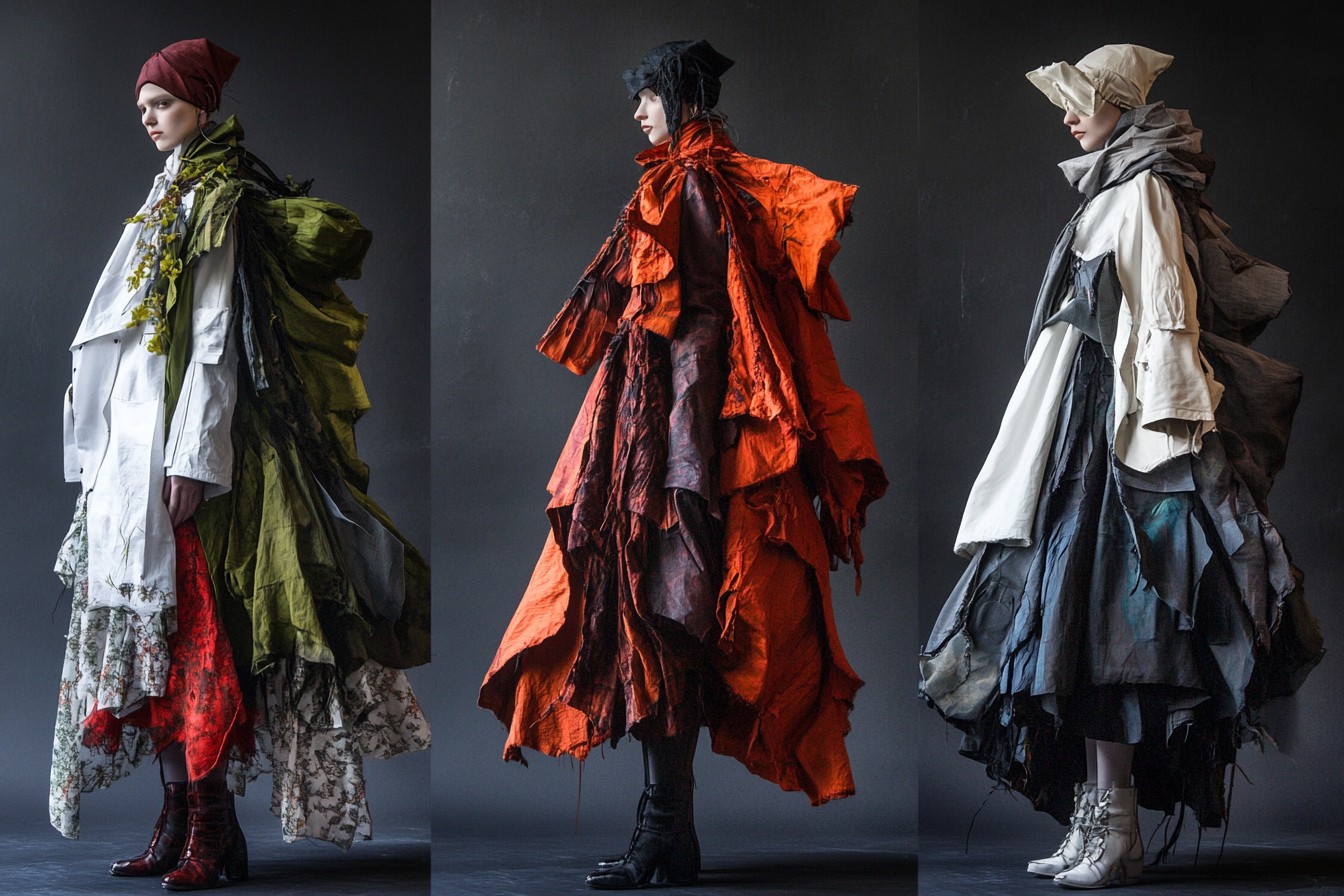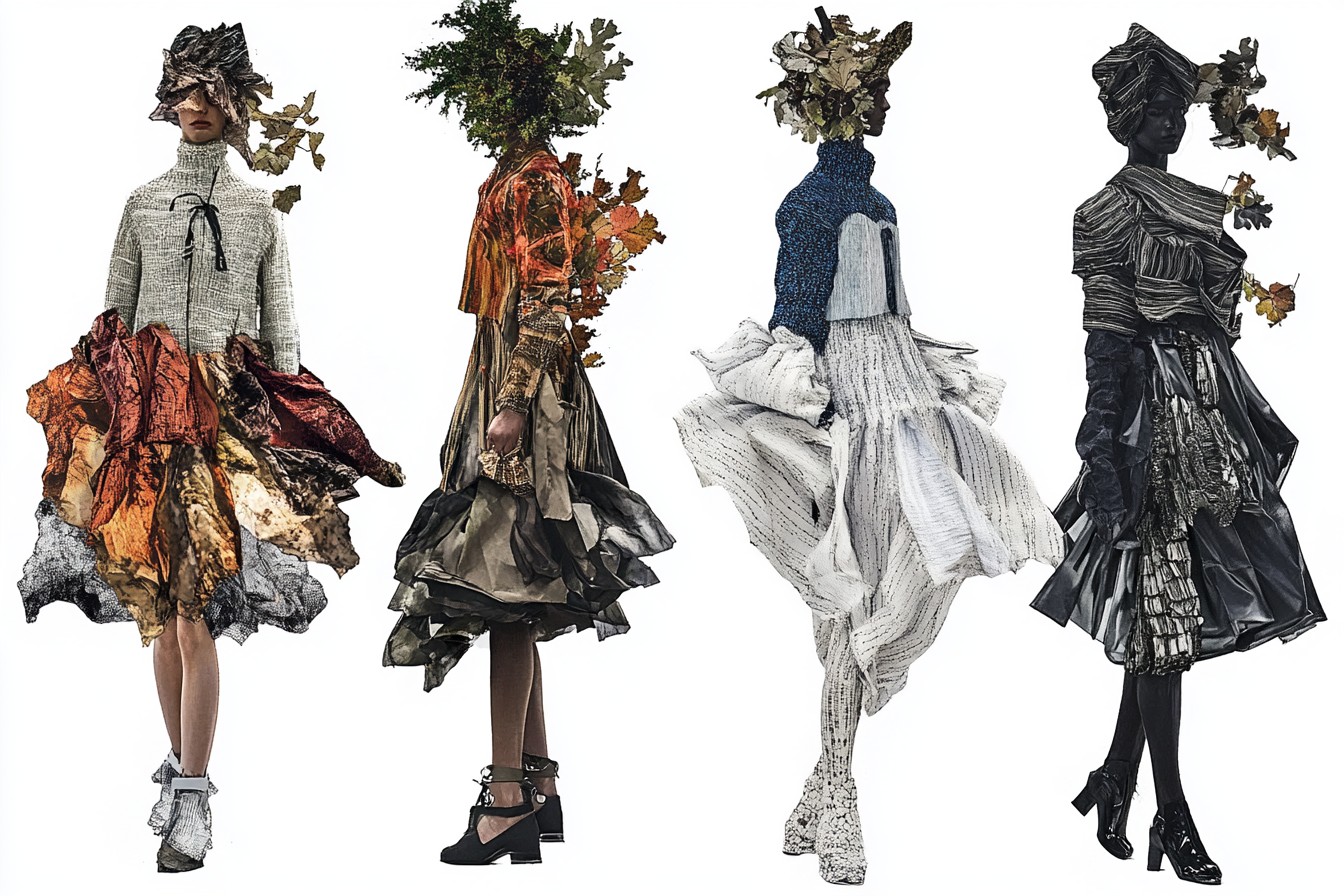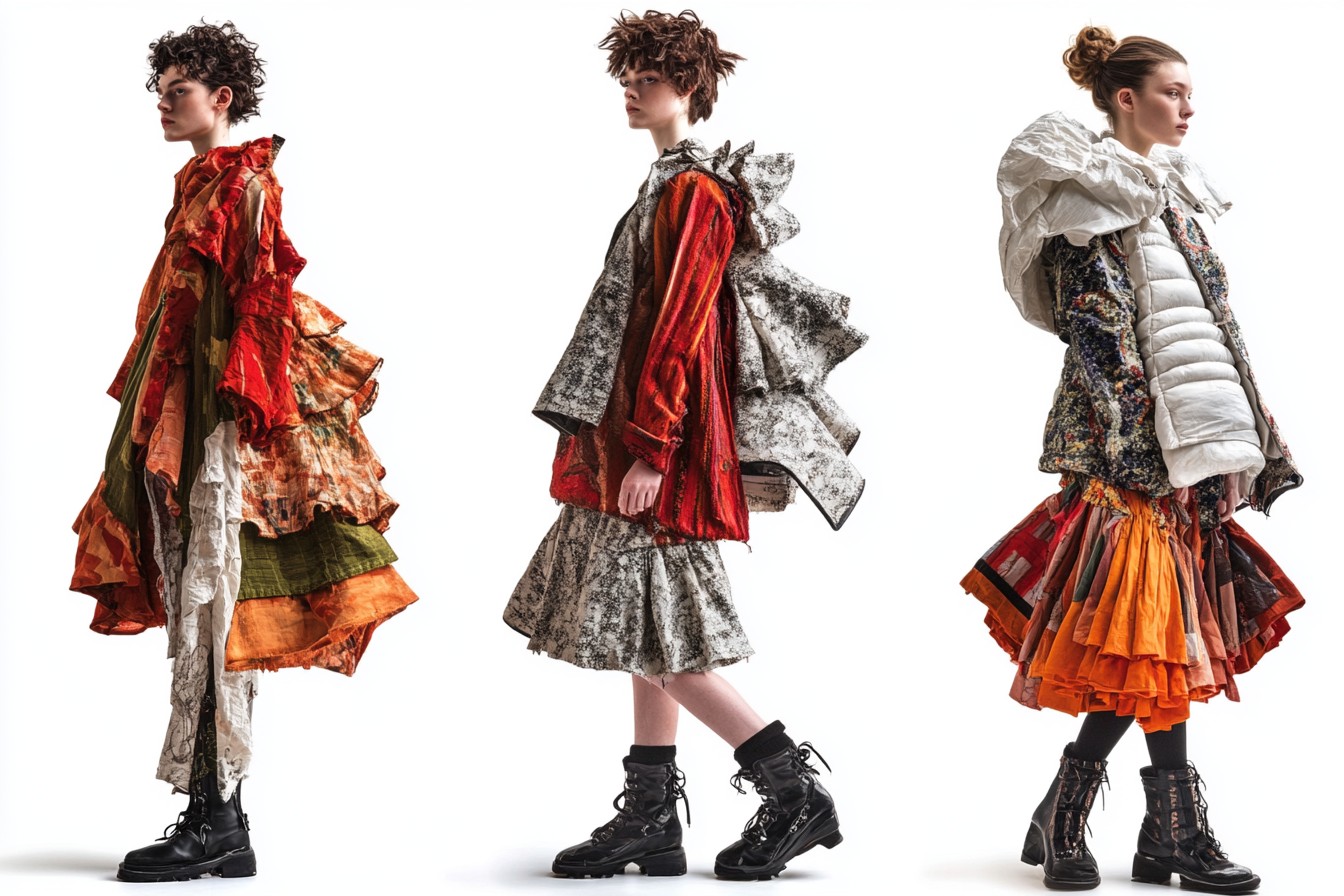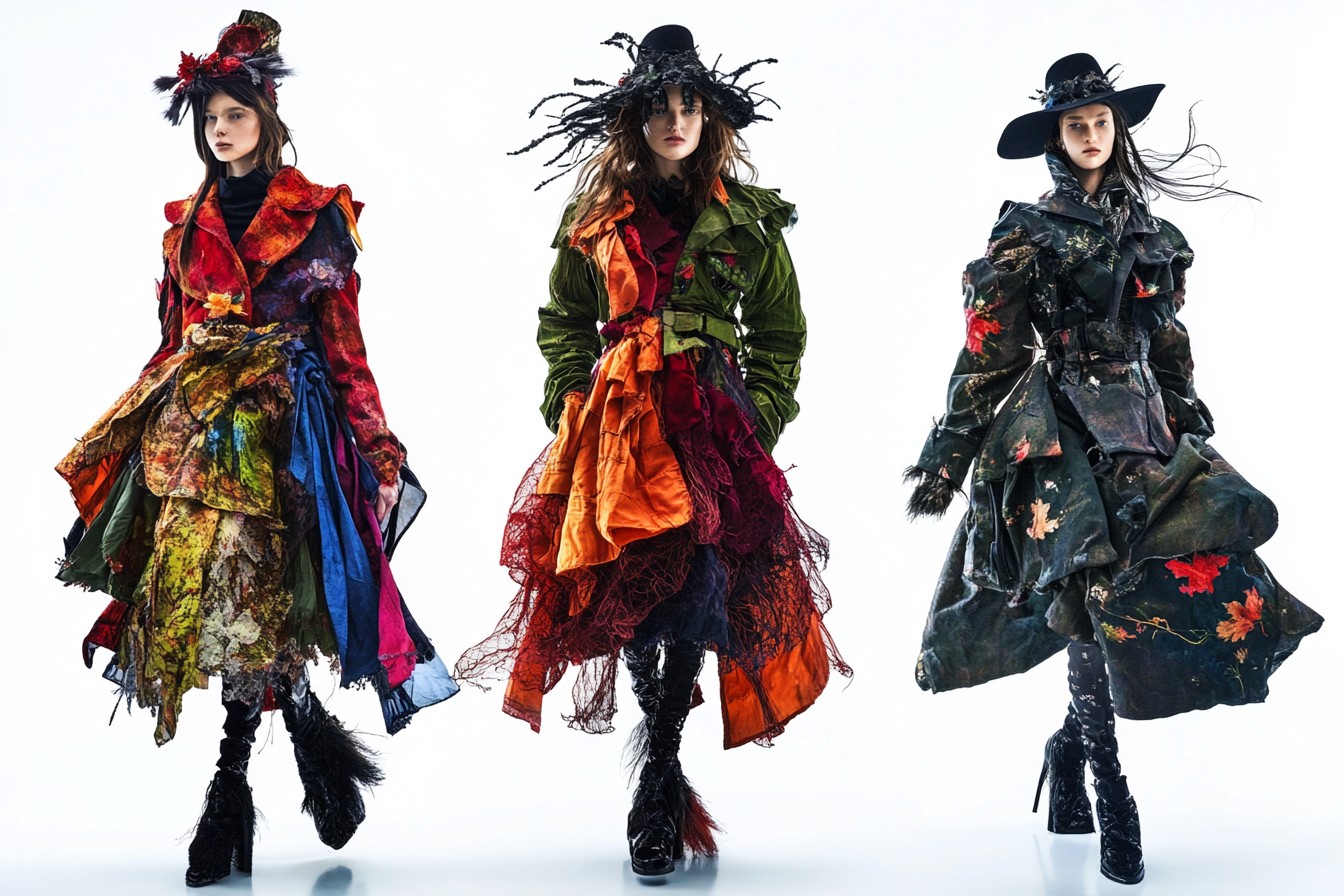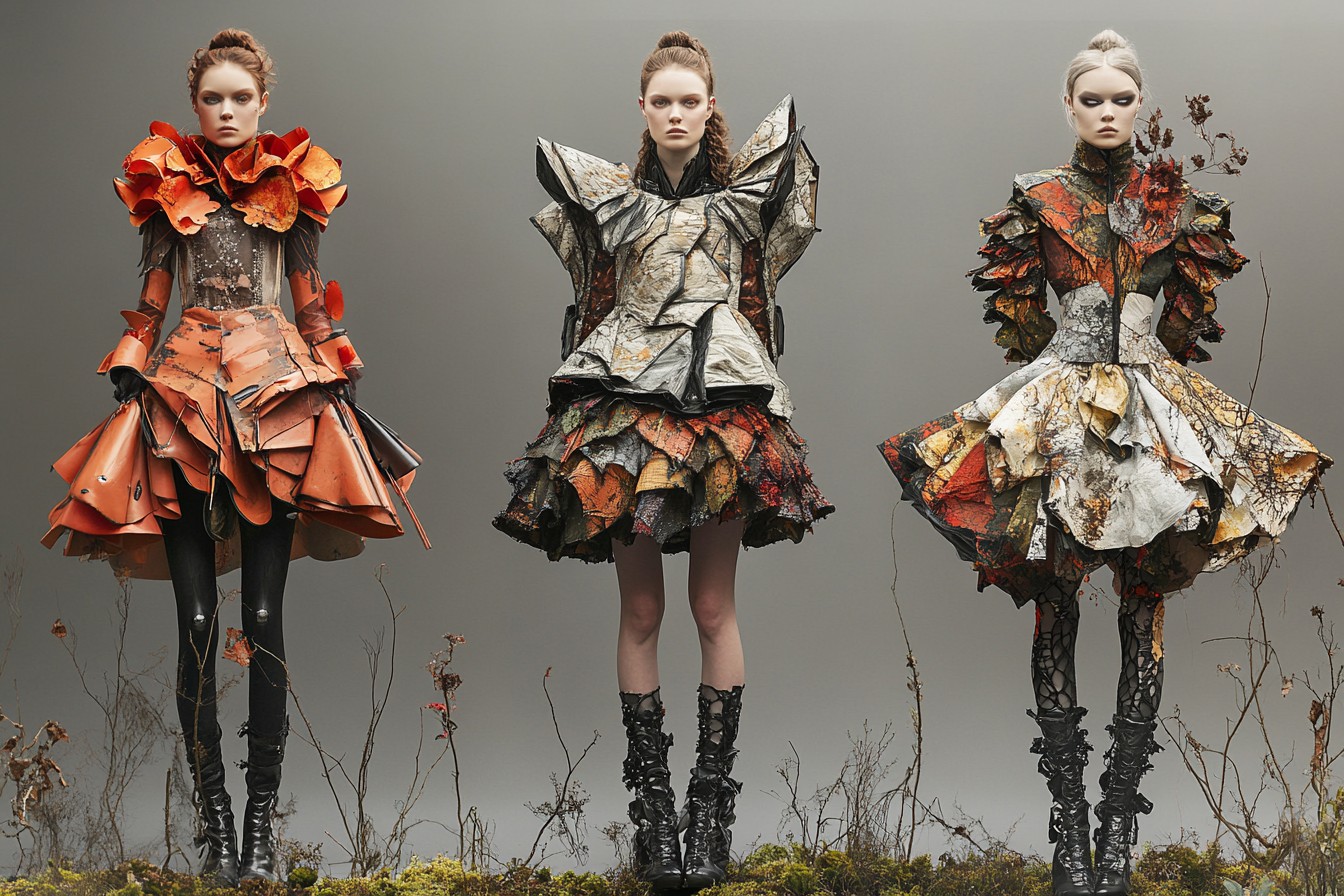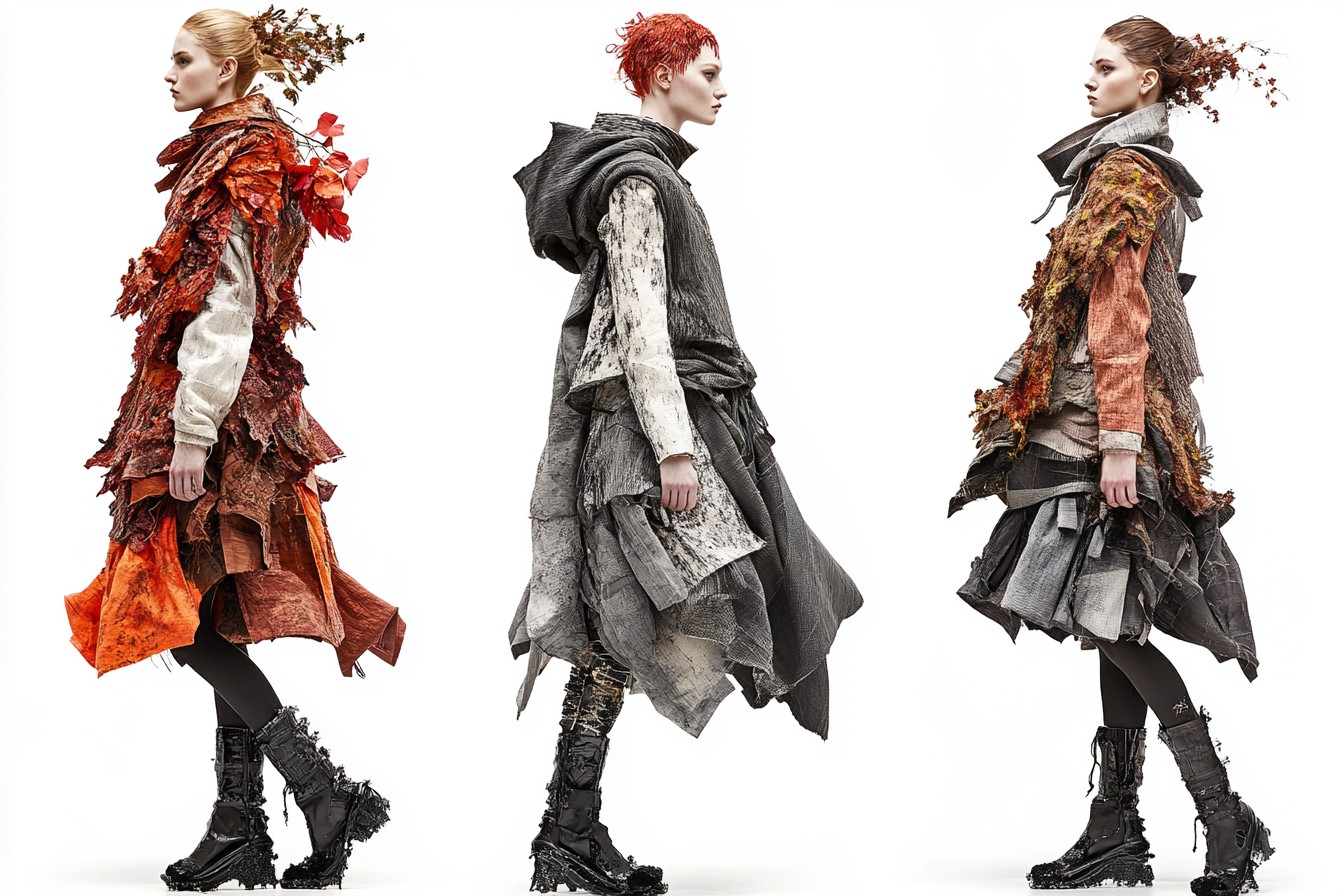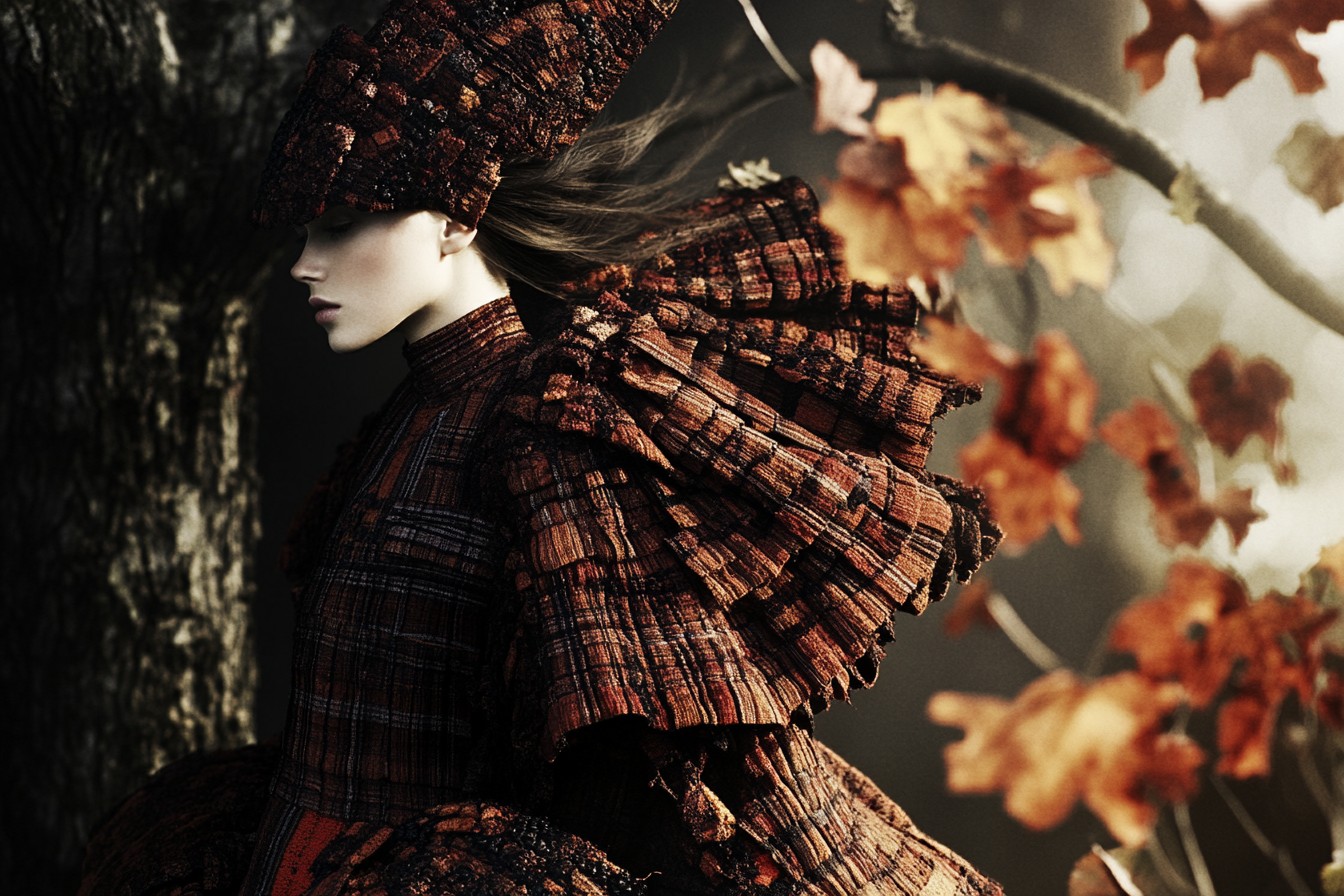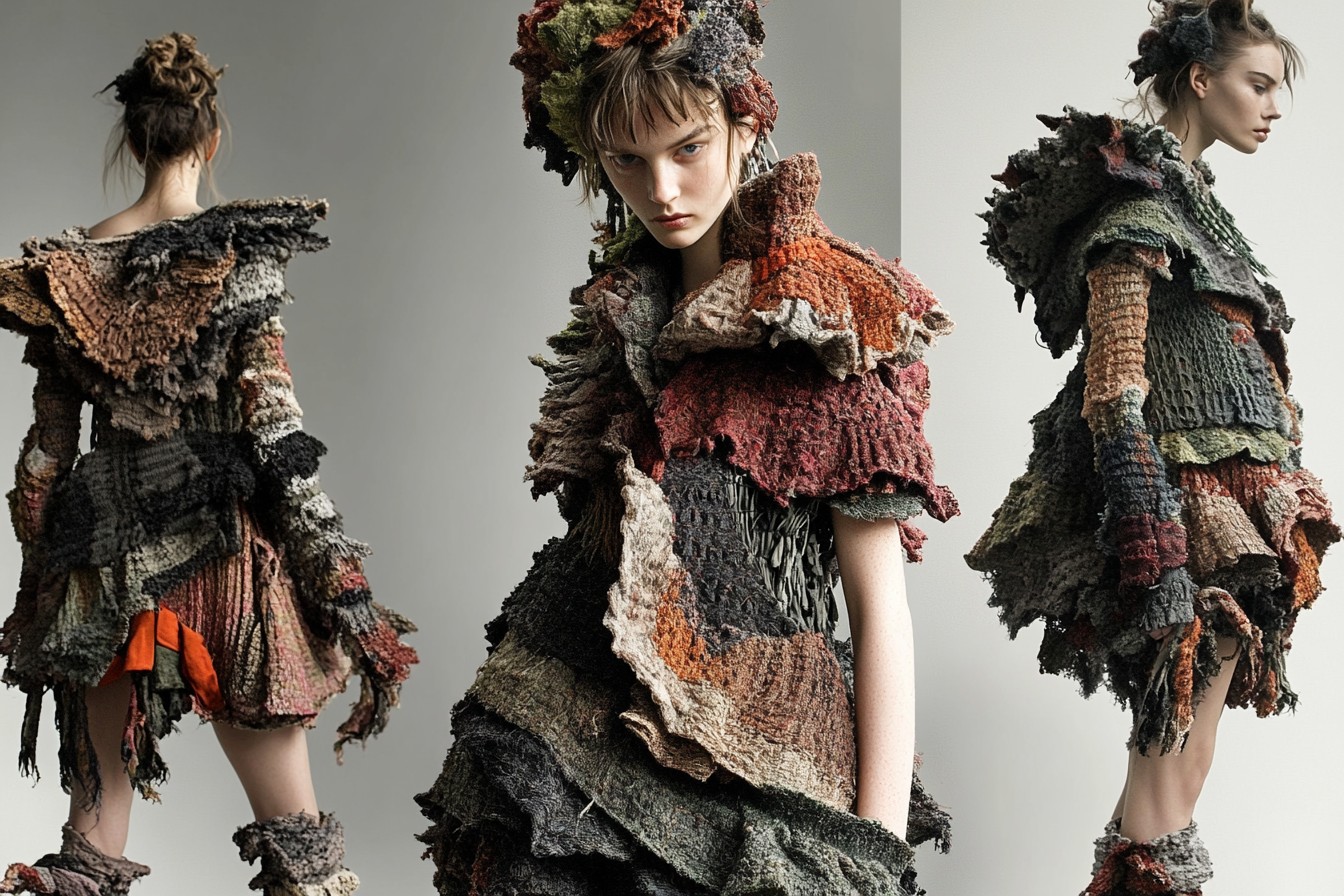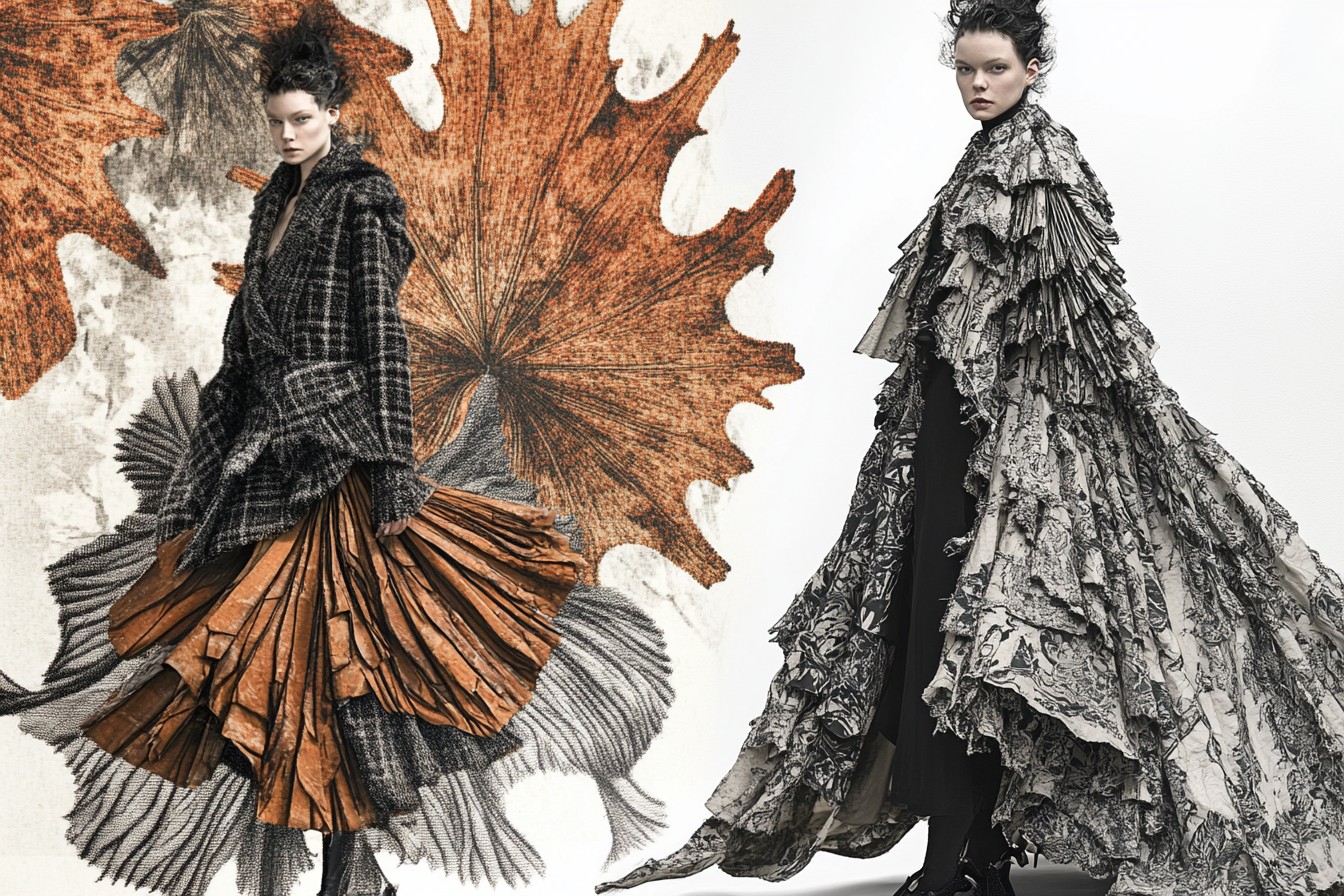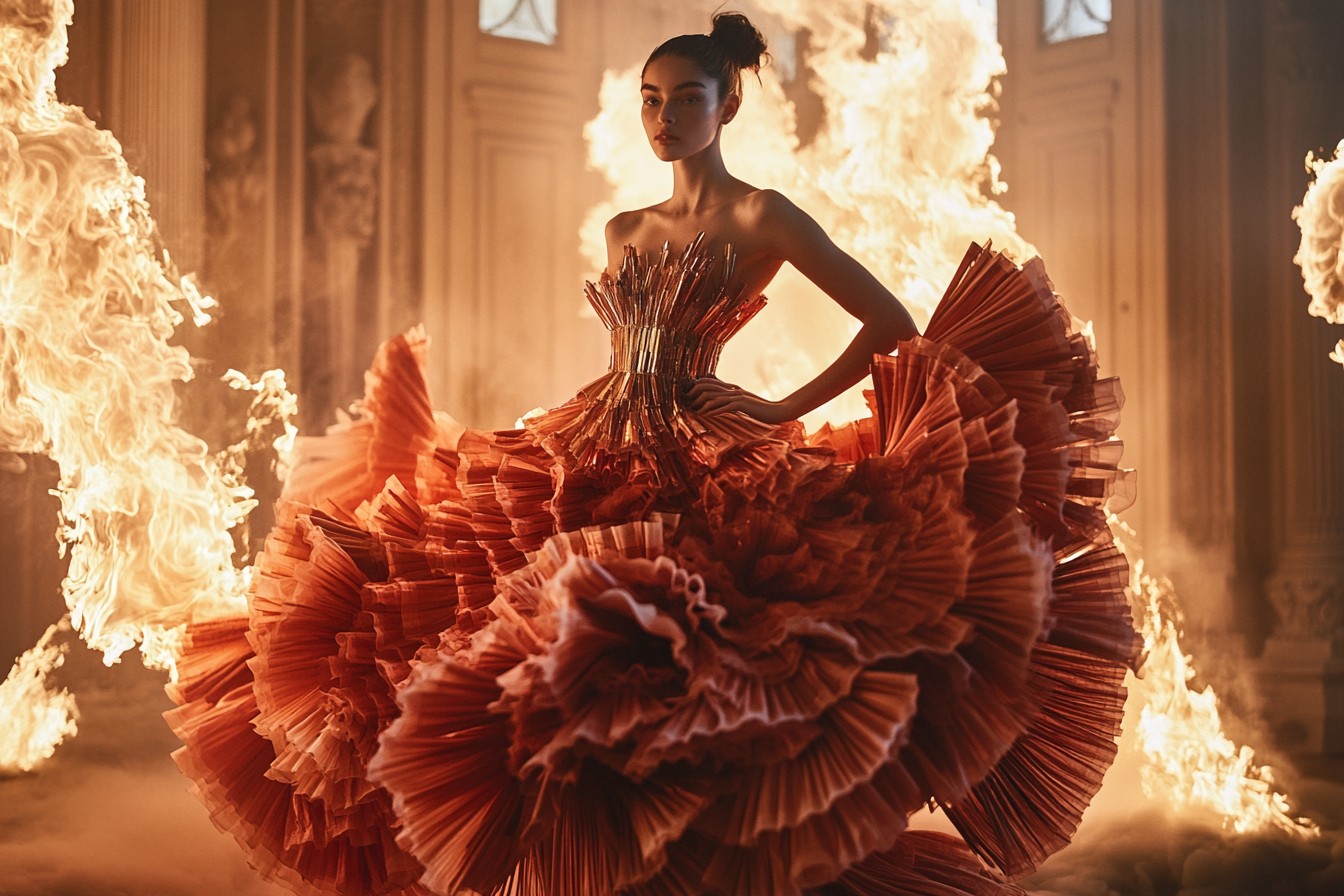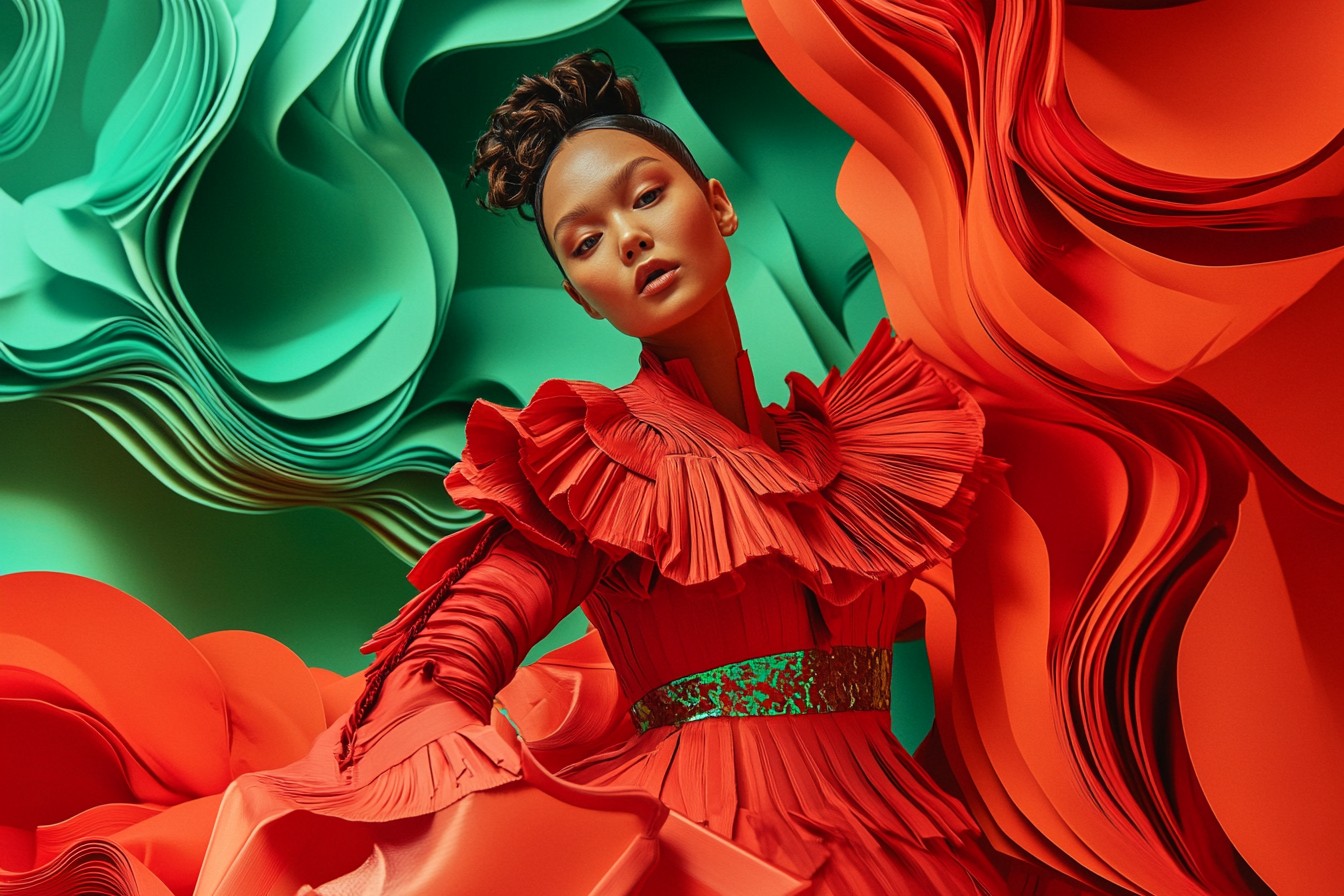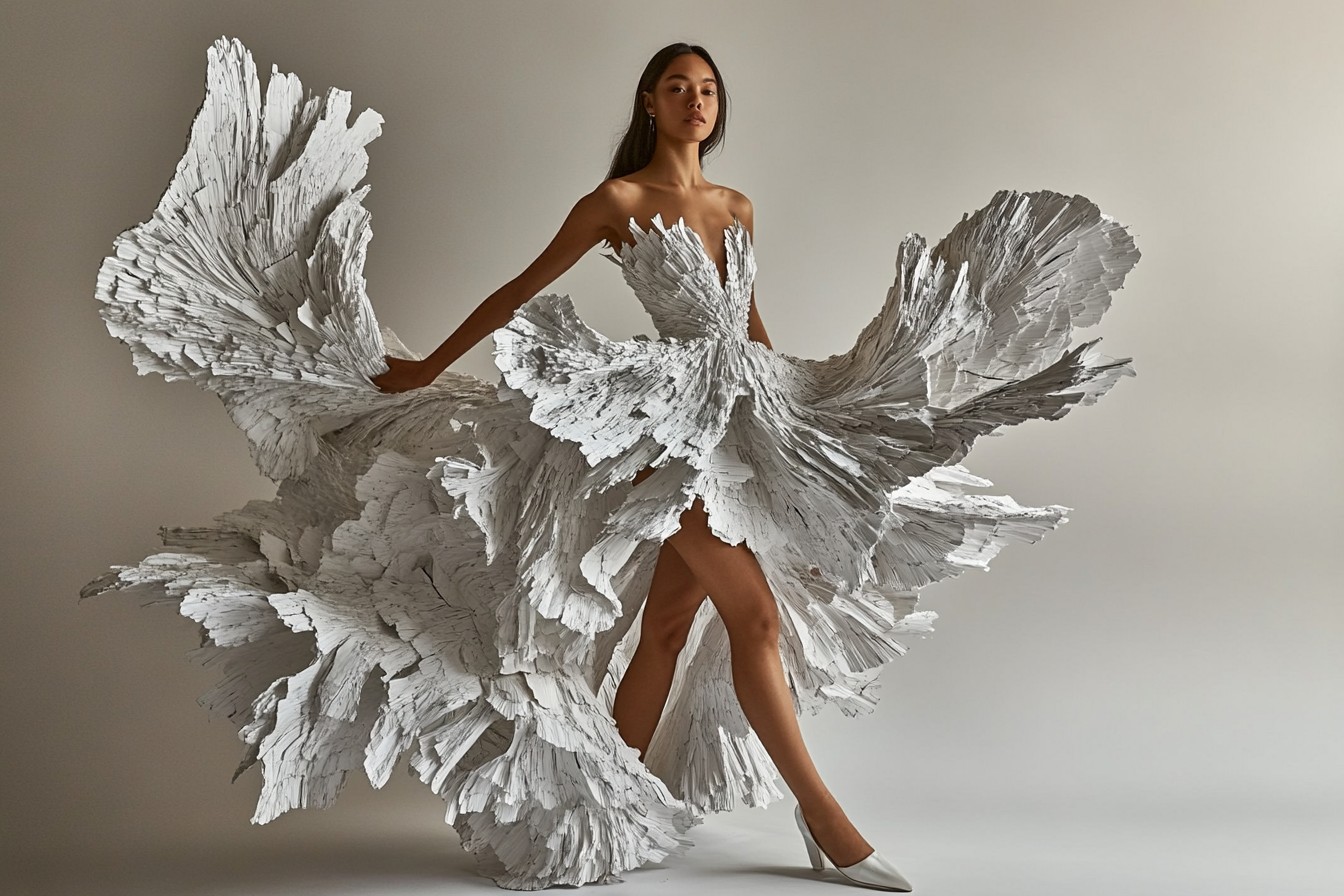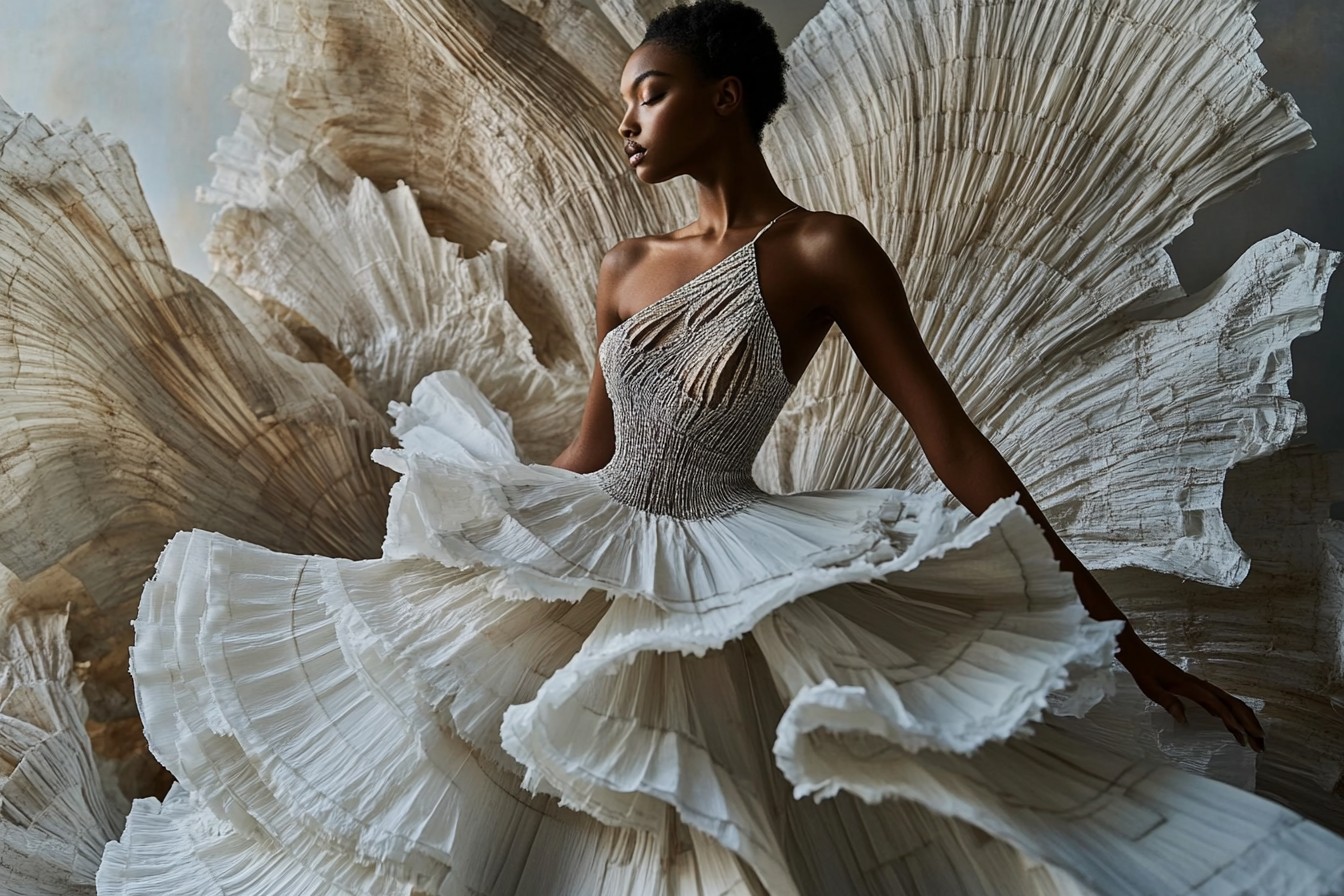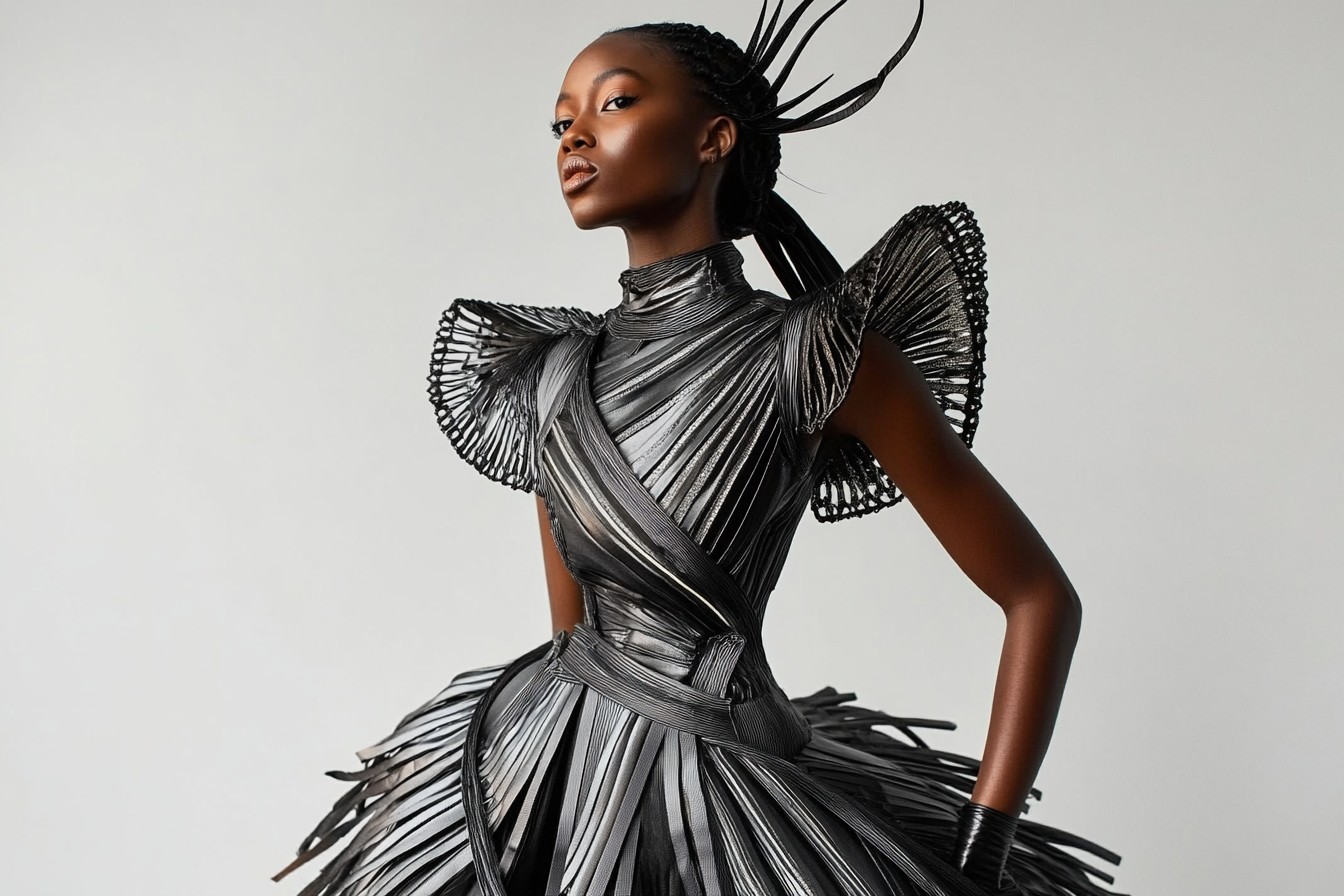My first proper memory of a department store beauty hall was getting absolutely bollocked by my mum for spraying too much Tommy Girl perfume on my wrists during a rare family trip to Debenhams. I was thirteen, wearing an alarmingly shiny lip gloss and a Tammy Girl top that I thought made me look sophisticated but actually made me look like I’d been dressed by committee. The beauty counter lady – all immaculate foundation and terrifyingly perfect lipstick – had given me that uniquely British look that manages to be both professionally pleasant and deeply judging. Mum dragged me away with a muttered “sorry about her” while I tried to argue that they put the testers out for a reason.

Twenty-four years and approximately 8,000 beauty purchases later, I still maintain that the British department store beauty hall is one of our most underrated national treasures. Where else can you get a free makeover that makes you look like a slightly unnerving version of yourself, accidentally spend half a month’s rent on a moisturizer you definitely don’t need, and be served by someone whose contour is so sharp it could probably be classified as a weapon?
Last Tuesday, I spent three hours in Selfridges beauty hall when I was supposed to be writing a feature about sustainable fashion. My editor thinks I was “doing research.” In reality, I was having what I call a “beauty hall meditation” – that unique state of mind where you’re simultaneously overstimulated by all the shiny packaging and soothed by the ritual of swatching seventeen nearly identical red lipsticks on the back of your hand. The only comparable feeling is being slightly drunk in a church – that same sense of reverence and mild guilt combined with the suspicion you might be about to do something expensive you’ll regret later.
Beauty halls have their own specific ecosystem that somehow transcends brands, cities, and even social changes. The lighting is always that particular type of bright that shows up every single flaw you didn’t know you had. The air smells like a battlefield where 47 different perfumes have fought to the death. There are always at least three women getting their makeup done before a special event, looking slightly terrified as more and more products get applied to their increasingly unrecognizable faces. And there’s always – always – someone’s boyfriend or husband standing awkwardly near a display, clearly wishing he’d waited in the café upstairs.
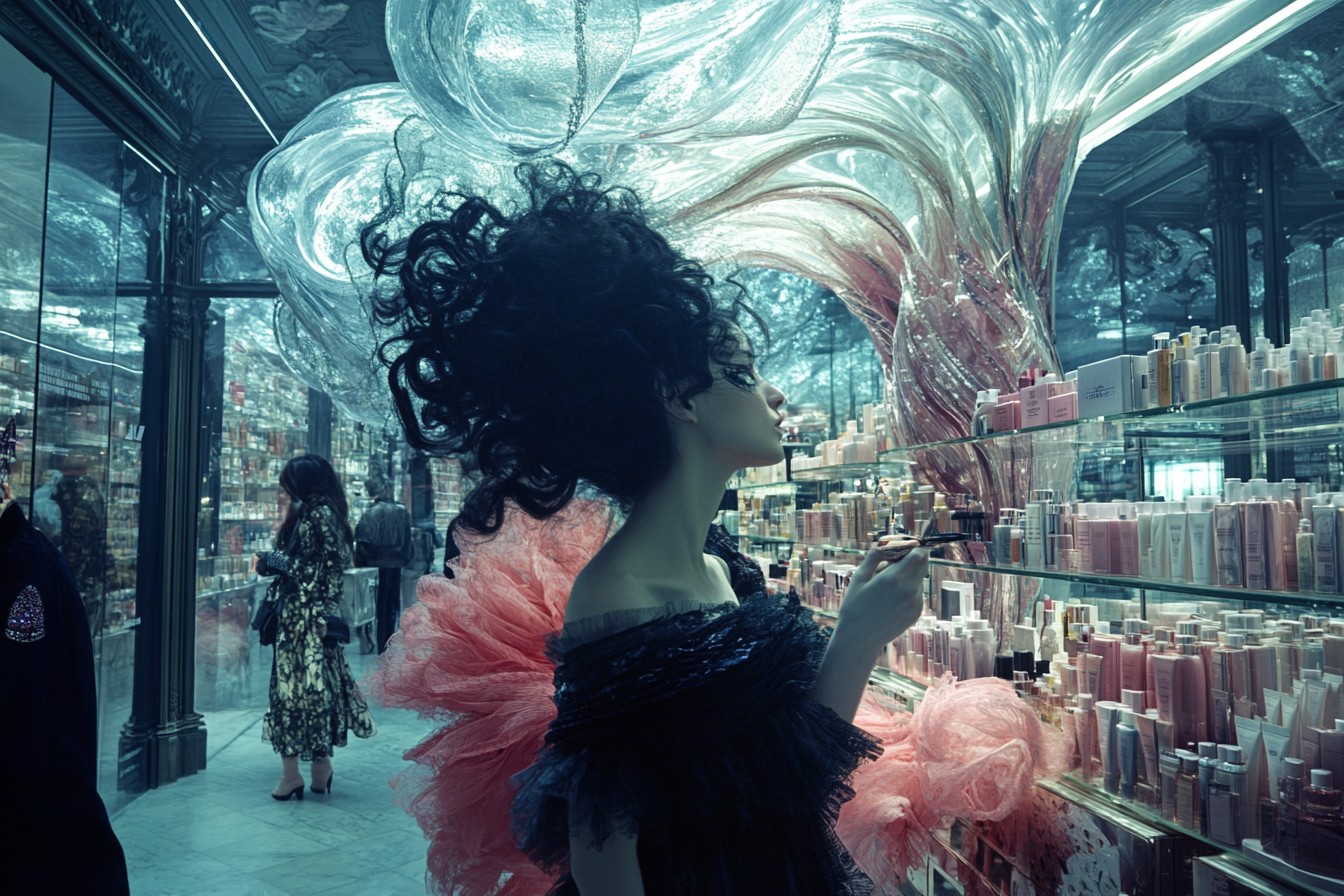
What fascinates me about British beauty halls in particular is how they effortlessly blend accessibility with aspiration. You can walk into John Lewis with twelve quid in your pocket and leave with a decent lipstick and multiple tiny samples, treated with the same reverence as the woman dropping three figures on La Mer. The beauty hall is a rare democratic space in the increasingly stratified world of retail – everyone’s welcome to play, regardless of budget.
Of course, each department store beauty hall has its own distinct personality – its own specific flavors of intimidation and delight. After spending what probably amounts to several months of my life in these fragrant pleasure palaces, I’ve developed a mental map of where to go for what, and which counter staff will actually help rather than just judge your pores (though a bit of pore judgment is part of the authentic experience, let’s be honest).
Selfridges beauty hall is the extrovert of the bunch – all bright lights and noise and stimulation. It’s where the cool brands launch first, where there’s always some sort of activation or pop-up happening, and where the staff look like they might have exciting after-work lives that involve exclusive clubs you’ve never heard of. The last time I was there, a very young man with skin so perfect it made me consider a lifetime of voluntary isolation offered me a “skin consultation” that was basically just an opportunity for him to tell me everything that was wrong with my face. I bought the serum he recommended anyway, because apparently being negged by beautiful people is my specific weakness.

What to buy at Selfridges? The exclusives. Their beauty buyers are wizards at securing products and brands you can’t get anywhere else in the UK. I swear by the Pat McGrath counter – her Skin Fetish highlighter makes me look like I drink water and get eight hours of sleep, which is a beauty miracle on par with loaves and fishes as far as I’m concerned. The Charlotte Tilbury space is always packed with women trying to figure out which shade of Pillow Talk they’re supposed to be wearing (answer: whichever one the intimidatingly gorgeous sales assistant tells you, regardless of whether it actually suits you). But my insider tip is to hit the Face Gym counter – their products are genuinely excellent and somehow still fly under the radar despite the facial workouts themselves being constantly booked up.
Liberty’s beauty hall is an entirely different proposition – the elegant, slightly eccentric aunt of the beauty retail world. Housed in wood-paneled splendor with that distinctive Liberty scent in the air (part flowers, part polished wood, part money), it’s where I go when I want to feel like I’ve made sophisticated life choices. The edit is impeccable – niche fragrances that make people ask what you’re wearing, skincare brands developed by stern-looking European doctors, and makeup that looks simple but costs more than your weekly food shop.
My Liberty splurge is always Diptyque candles – basic, yes, but sometimes the obvious choice is obvious for a reason. Their Baies candle makes my flat smell like I’m the kind of person who has fresh flowers delivered weekly and owns matching towels. The Margaret Dabbs foot products are also worth every eye-watering penny if, like me, you have feet that could probably be used as weapons. But the real gem is the Le Labo counter, where they mix your fragrance in front of you like some sort of scent wizard and print a personalized label that makes you feel special every time you use it. Last year I spent an amount I’m too embarrassed to specify on their Santal 33, and I still feel mild shame mixed with immense pleasure every time I spray it.

Harvey Nichols has what I think of as fashion-person beauty hall energy – slightly intimidating, very directional, focused on brands that beauty editors actually use rather than just what’s selling well. The staff have that specific HN blend of being both helpful and vaguely terrifying, like they might be assessing whether you deserve the products rather than just selling them to you. It’s where I go when I want to feel like an insider rather than just a civilian who likes nice moisturizer.
Their Fenty Beauty counter deserves special mention – the most consistently inclusive and genuinely friendly space in what can sometimes feel like a sea of predominantly white, size-zero beauty advisors. When I interviewed Freddie, one of their makeup artists, for a piece on the brand’s impact, he told me they’re specifically trained to make everyone feel welcome, regardless of age, skin color, gender, or how much they know about makeup. It shows – the last time I was there, a woman in her seventies was getting a full glitter eye alongside a nervous-looking teenage boy buying his first concealer, and both were being treated with exactly the same level of warmth and attention.
My Harvey Nicks must-buy is Sunday Riley Good Genes, which costs roughly the same as feeding a family of four for a week but somehow makes my skin look like I’ve been restored to factory settings overnight. Their Sisley counter is also dangerously good – I once went in for an eye cream and came out with three products and a significantly lighter bank balance, but skin that looked like I’d been cryogenically preserved somewhere expensive.

Harrods beauty hall is where I go when I want to feel simultaneously impressed and deeply inadequate. It’s so aggressively luxurious that it makes other beauty halls look like they’re not really trying. The marble, the lighting, the sheer scale of the place – it’s designed to make you feel like you should probably be spending more on your skincare routine than you currently do on rent. The counter staff all look like they’ve never had a bad skin day in their lives and probably sleep on silk pillowcases monogrammed with their initials.
What to buy at Harrods? Their fragrance selection is unmatched – if you want something genuinely unusual that nobody else will be wearing, this is your place. I’m obsessed with their Editions de Parfums Frederic Malle collection – complex, grown-up scents that don’t smell like everything else on the market. Their Guerlain counter is also a thing of beauty, especially if you’re into their iconic Meteorites powder pearls, which I maintain make you look like you’re being lit by your own personal flattering filter.
But for sheer British beauty hall joy, it’s hard to beat John Lewis. There’s something deeply comforting about their beauty hall – like the retail equivalent of a really good cup of tea. The lighting is marginally more forgiving than most, the staff range from genuinely helpful to politely disinterested rather than actively intimidating, and there’s a sense that they’re not just trying to sell you the most expensive thing on the counter.

My John Lewis staple is honestly their own brand skincare, which outperforms products ten times the price. Their Hydrating Day Cream is the unsung hero of my bathroom shelf, doing exactly what it promises without making wild claims or charging the earth. The Origins counter is also reliably excellent – their Drink Up Intensive mask has saved my skin through multiple British winters and long-haul flights. And their Clarins counter staff give the best skincare advice in the business – practical, straightforward, and rarely trying to oversell you things you don’t need.
Fenwick deserves a special mention in the beauty hall pantheon, particularly their Newcastle store which somehow manages to stock niche brands you’d expect to find only in Liberty alongside reliable high street options. Their beauty hall has the added bonus of being attached to their excellent food hall, which means you can reward yourself with fancy cheese after the stress of spending too much on mascara. Their Space NK concession is dangerously good – I never leave without at least one Drunk Elephant product I hadn’t planned to buy.
Department store beauty halls have weathered the storm of online shopping better than most retail spaces because they offer something that digital simply can’t – the sensory experience of trying products in person, the expertise of counter staff (even if that expertise sometimes comes with a side of judgment), and the simple pleasure of discovering something new by wandering rather than searching. You can’t replicate the feeling of spraying a perfume on your skin and seeing how it develops over hours, or finding exactly the right foundation shade through trial and error.
They’re also one of the few remaining retail spaces where genuine service still exists. A good beauty counter person is part therapist, part artist, and part salesperson – they’ll listen to your skin woes, create a solution that makes you feel better about yourself, and yes, probably sell you more than you meant to buy, but you’ll leave feeling like it was your idea.
I still get that same thrill walking into a beauty hall that I did as a teenager, albeit with marginally better lip gloss choices these days. It’s a space of possibility – you might discover your new signature scent, the perfect red lipstick that makes you feel invincible, or the skincare product that finally resolves that weird thing your face has been doing lately. Or you might just enjoy half an hour of spritzing, swiping, and chatting to someone who knows far more about acid exfoliation than any human reasonably should.
My beauty writer friends joke about the “beauty hall black hole” – that strange temporal phenomenon where you pop in “just to pick up some cotton pads” and emerge three hours later with a bag full of products you didn’t know you needed and a face half-covered in various tester products. I’ve lost count of the times I’ve had to rush to a meeting with one wrist smelling like an entire perfume counter and foundation swatches fading up my arm like some sort of beauty Morse code.
But that’s the magic of these spaces – they’re little pockets of self-care and possibility in an increasingly utilitarian retail world. Yes, we know intellectually that no serum is actually going to change our lives. But for a few minutes at that shiny counter, under the flattering (or brutally honest) lighting, with an enthusiastic expert telling us how transformative this little pot of something will be… well, we can believe. And sometimes, that feeling is worth the price tag.

